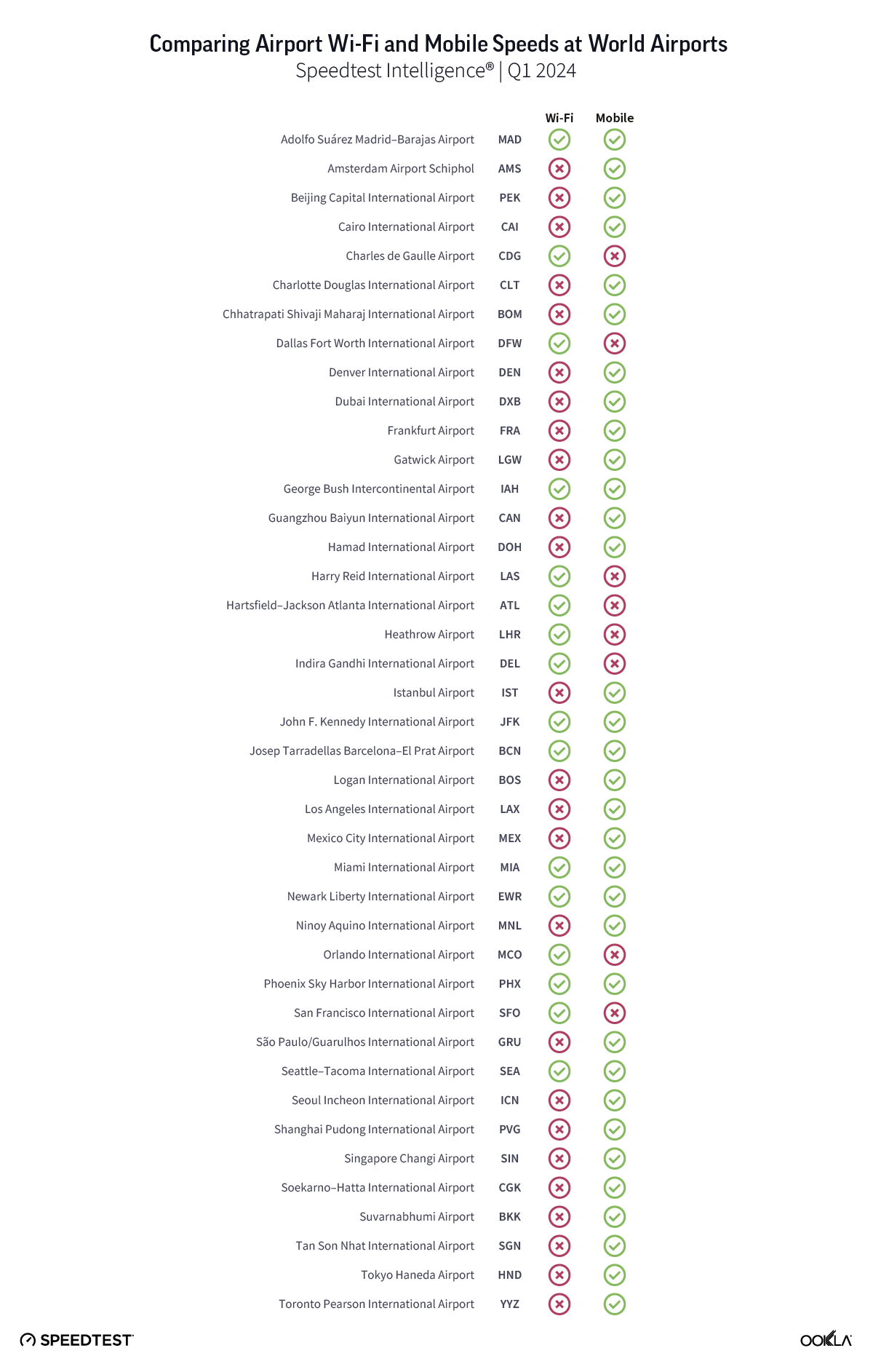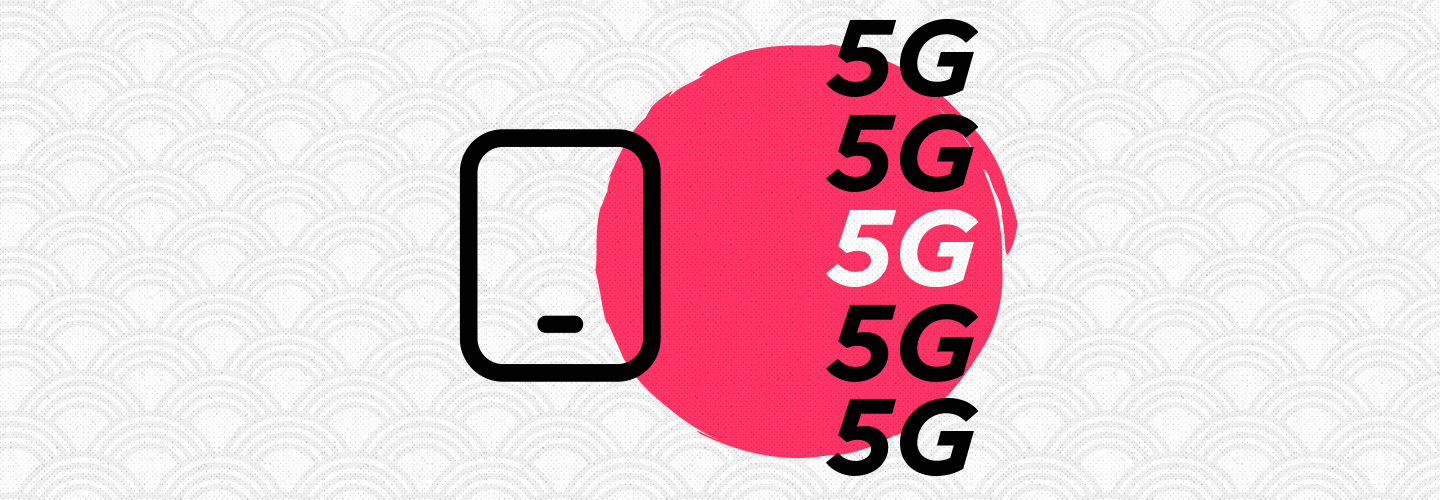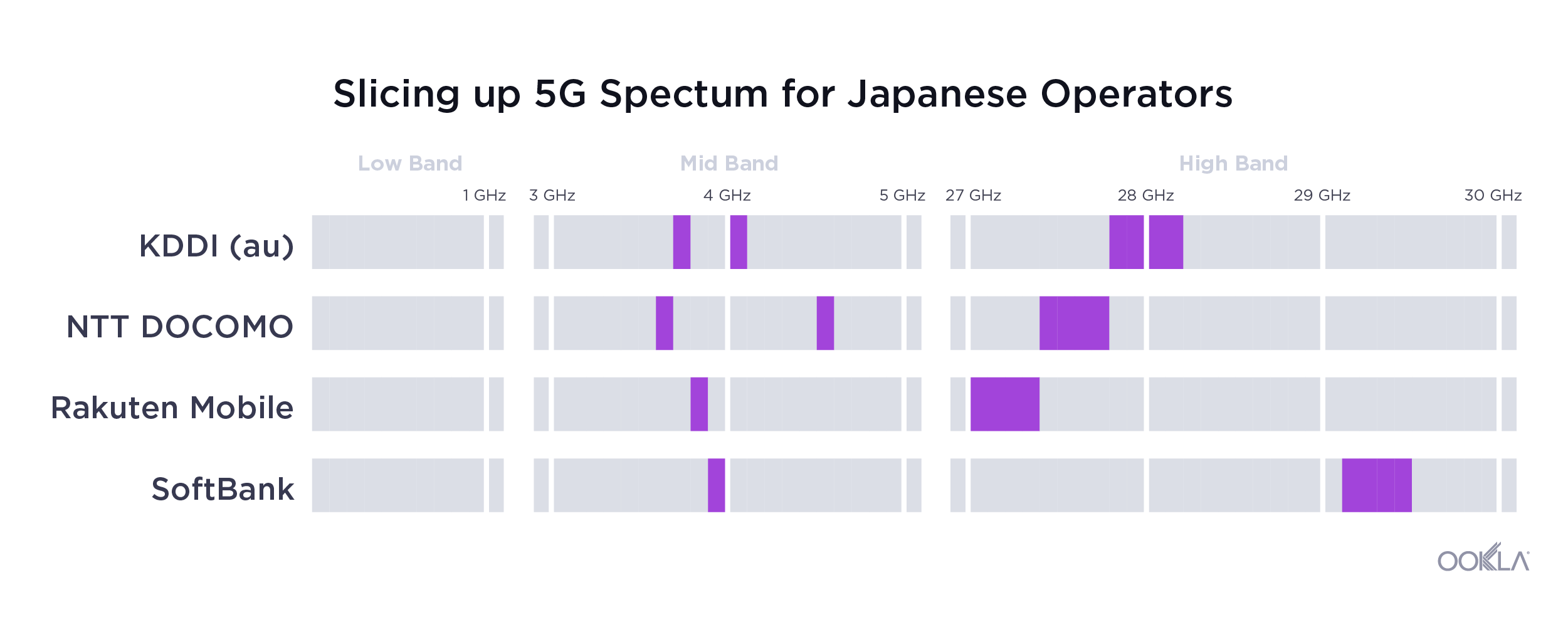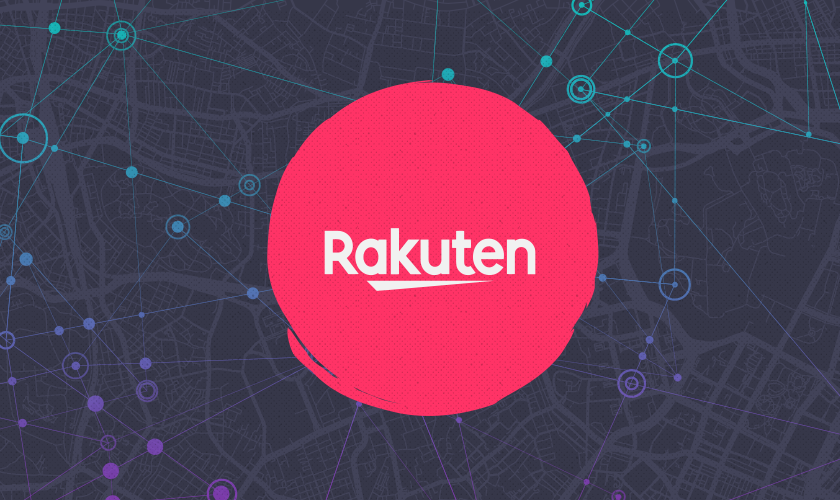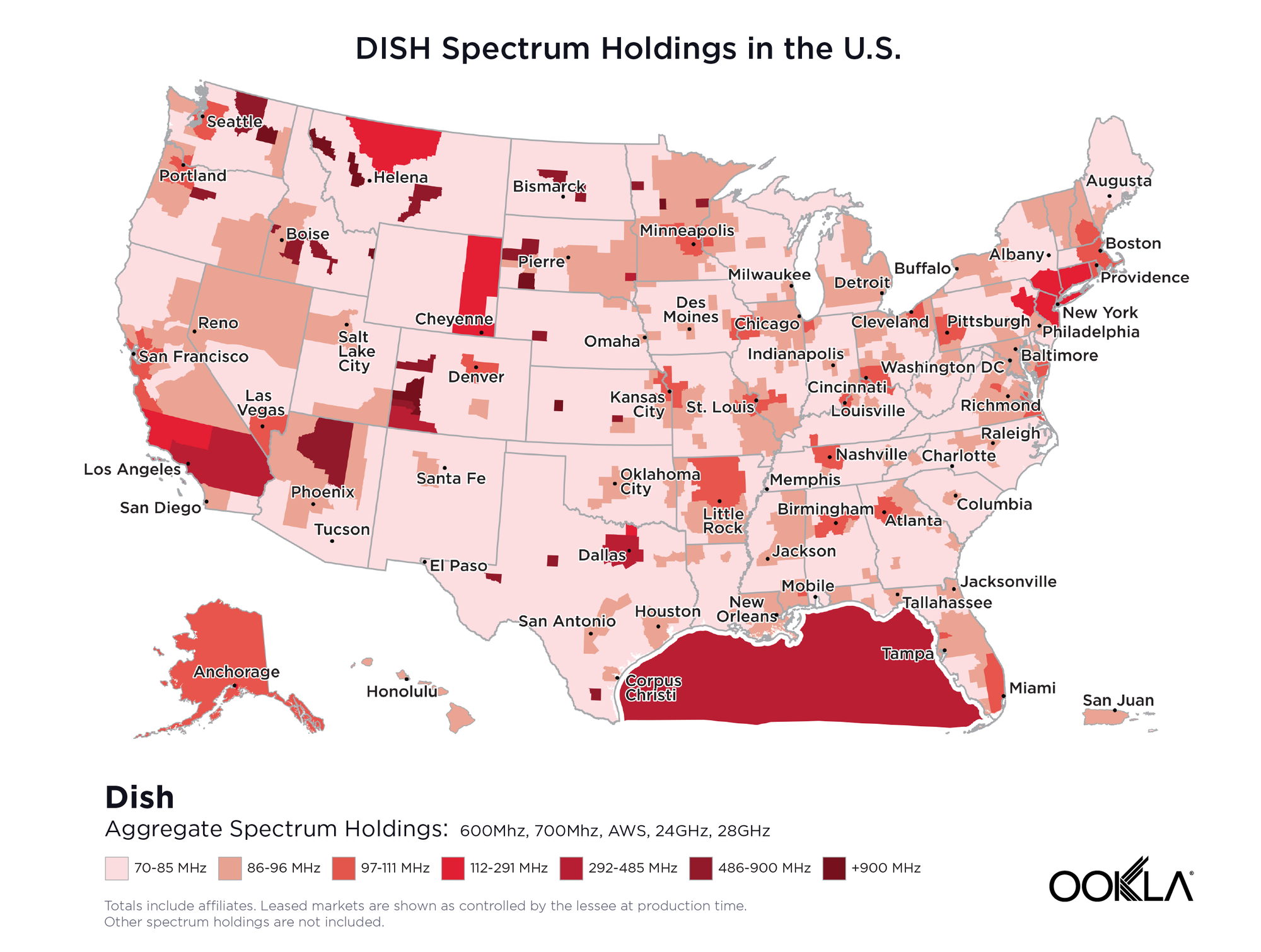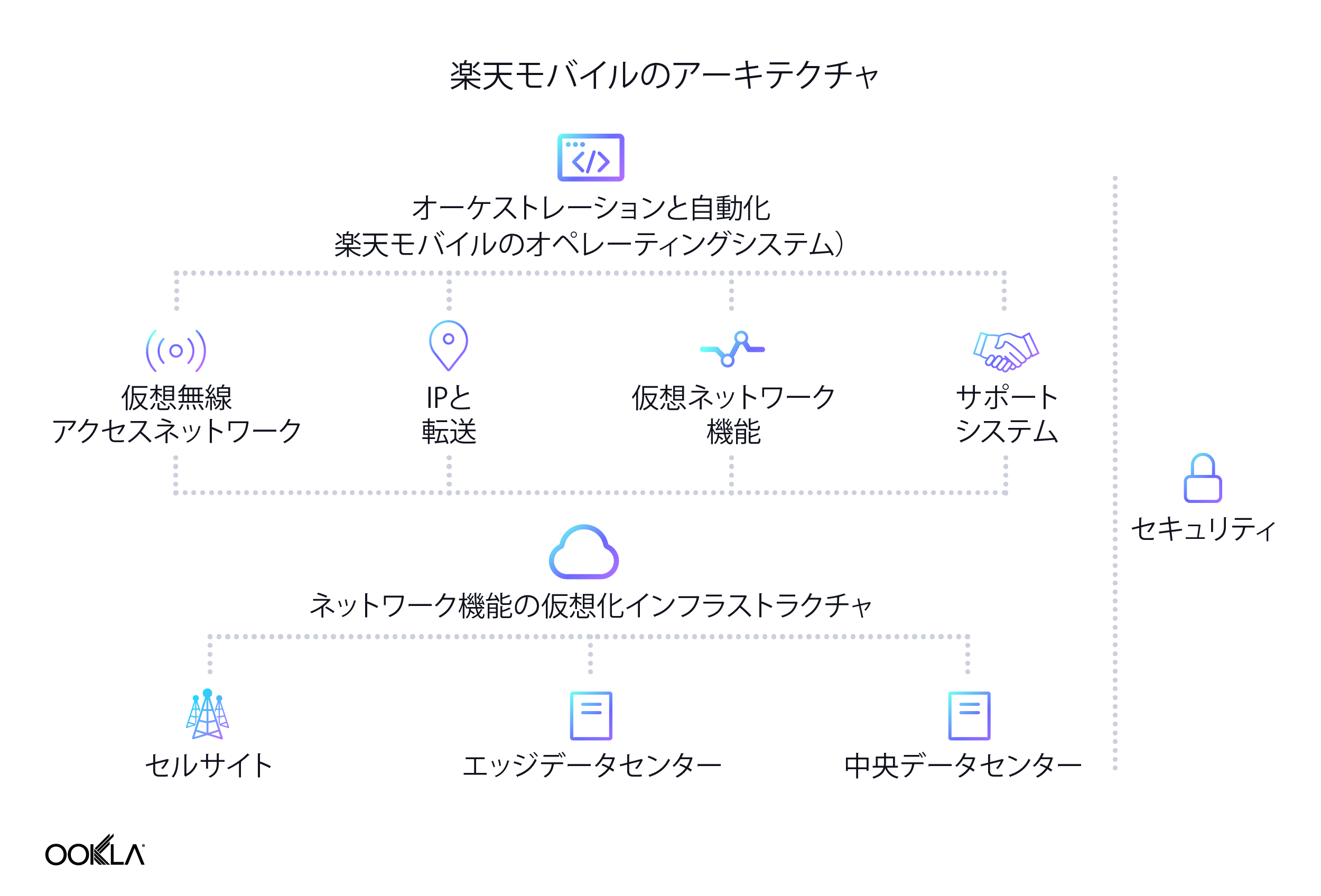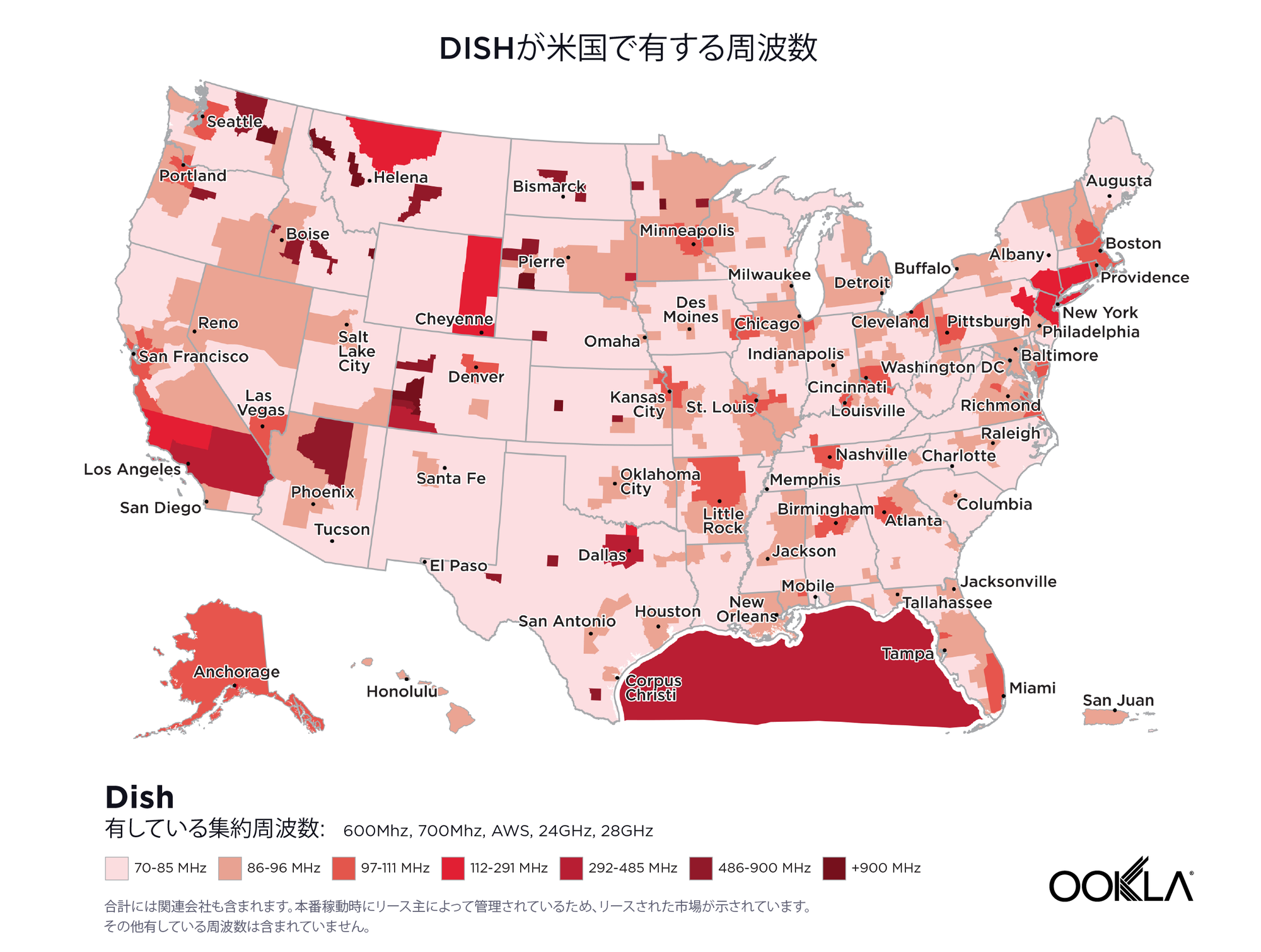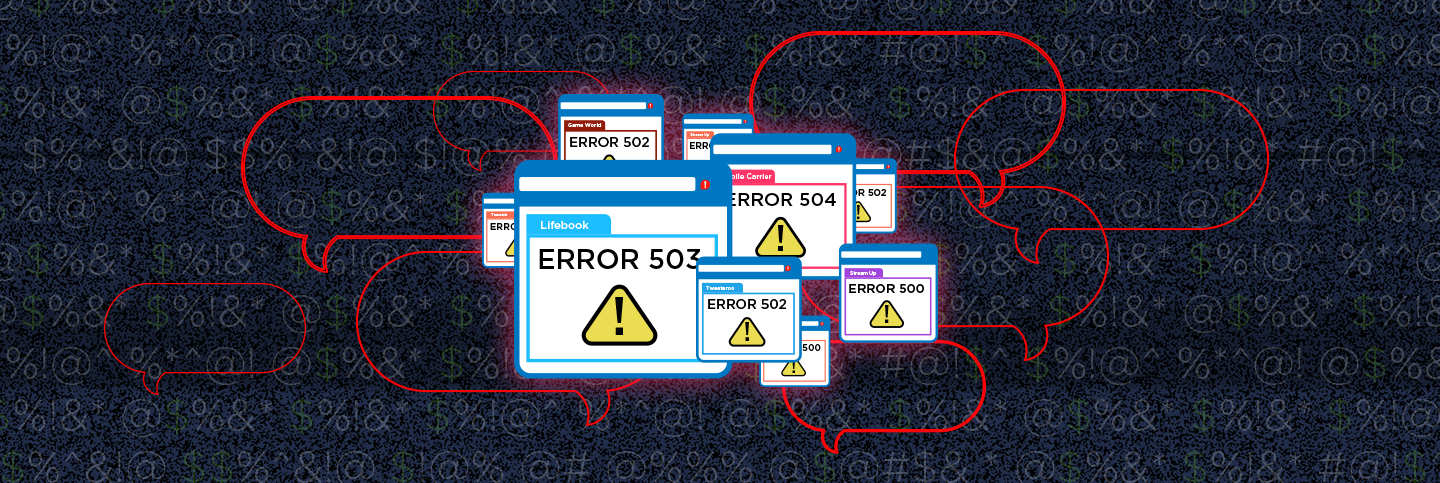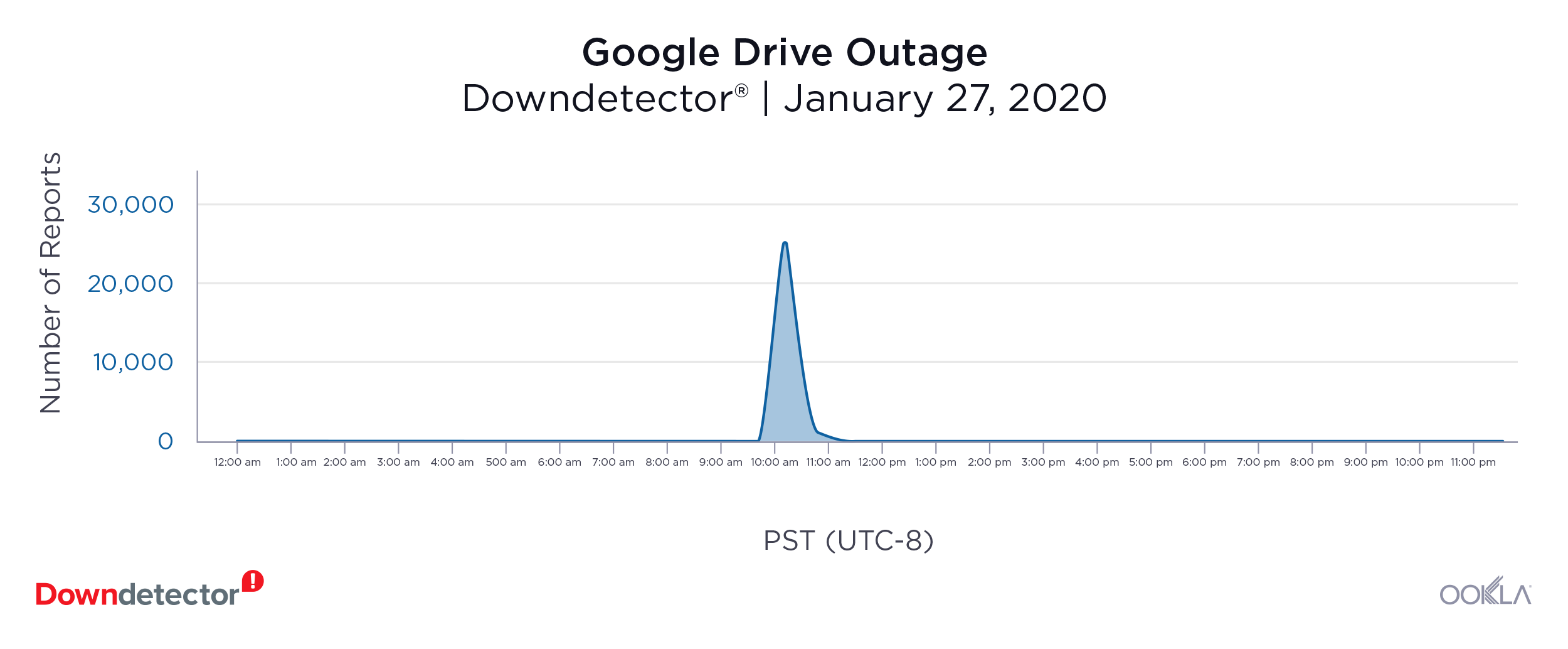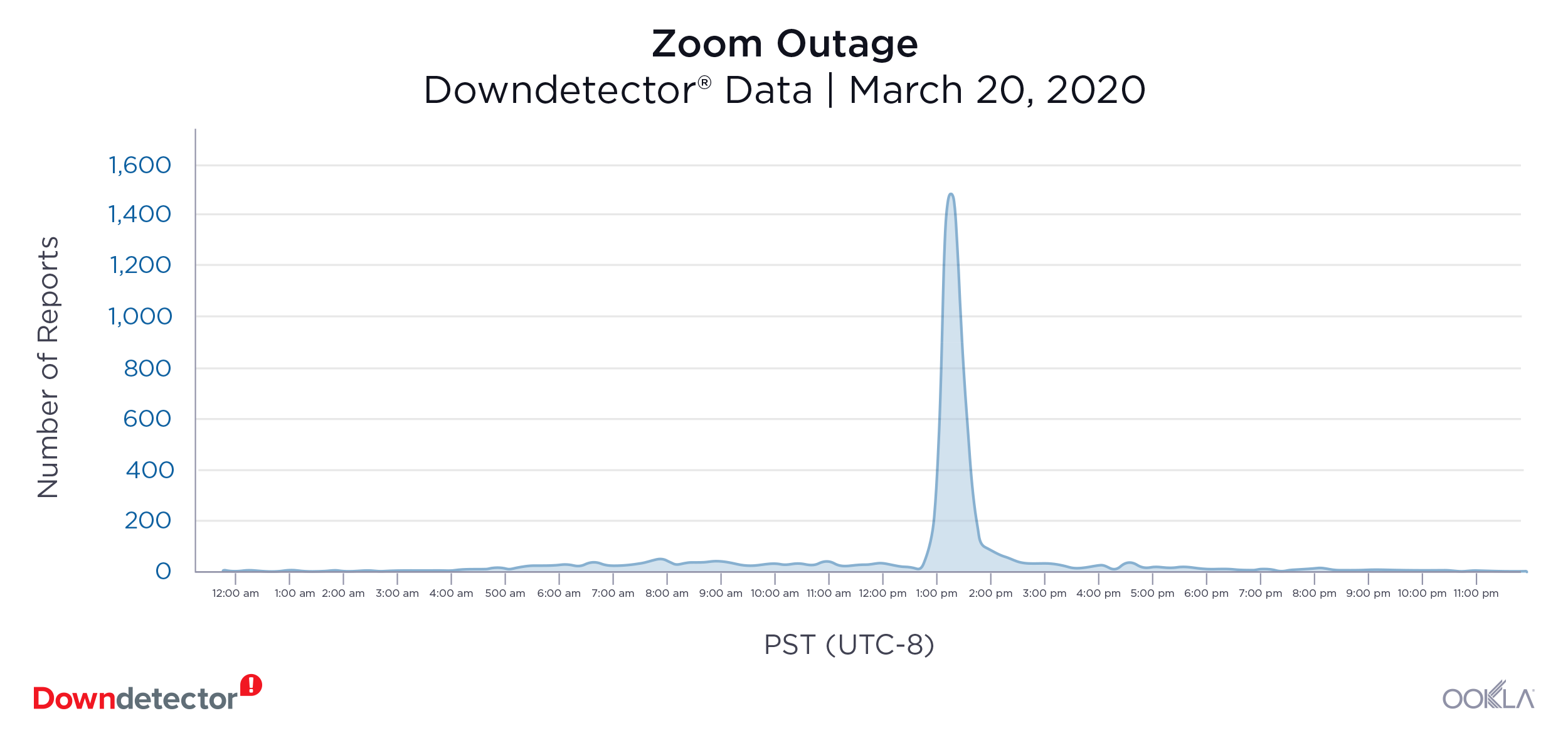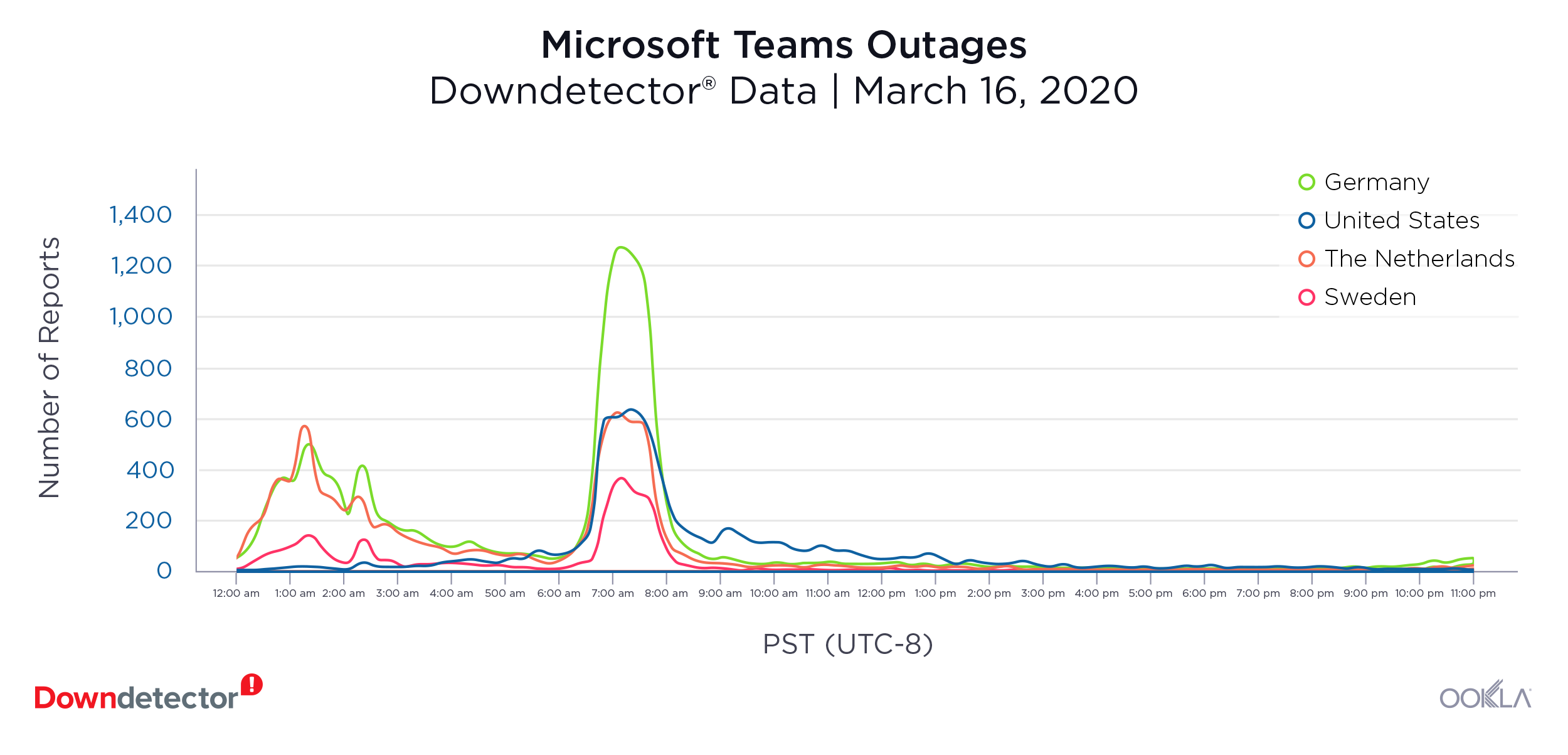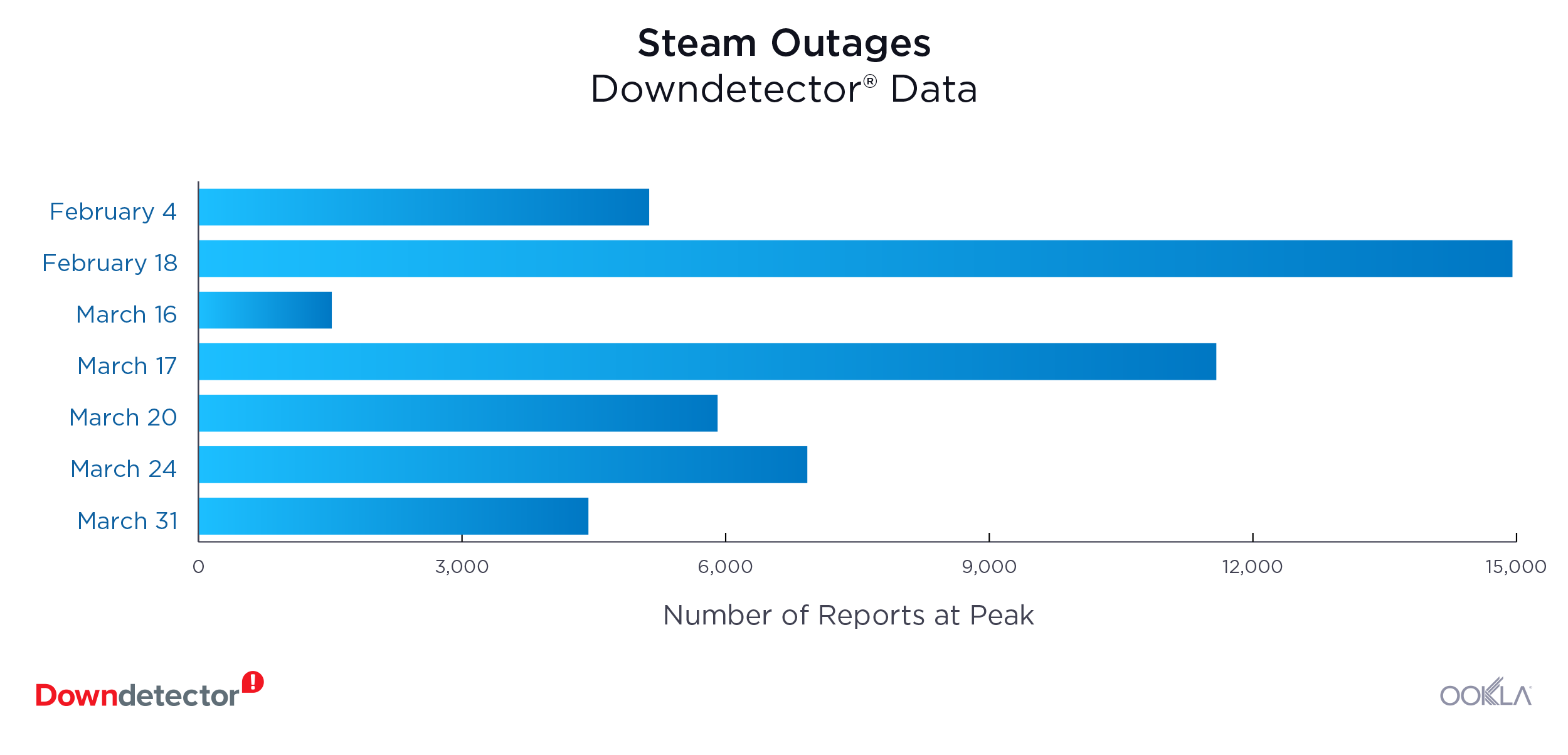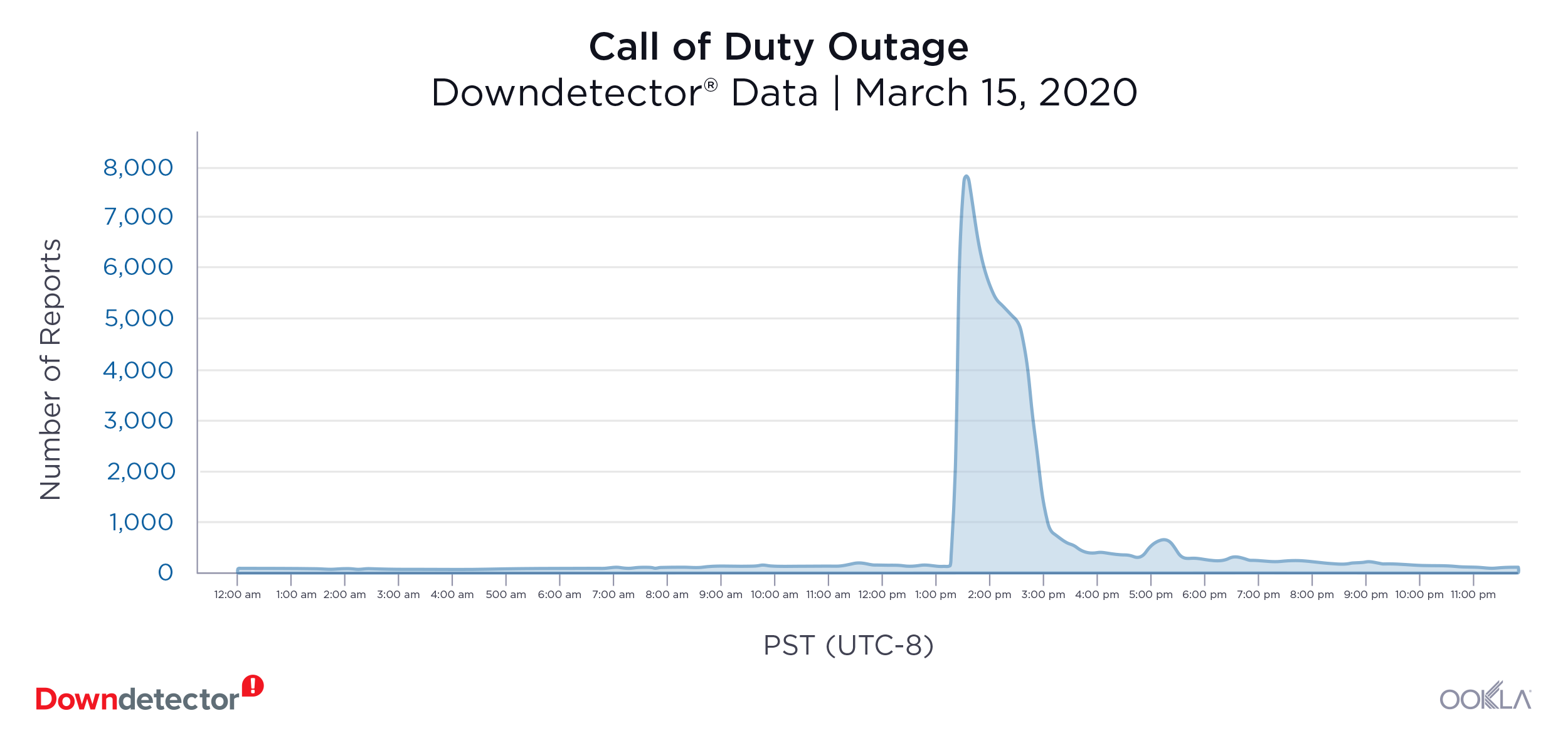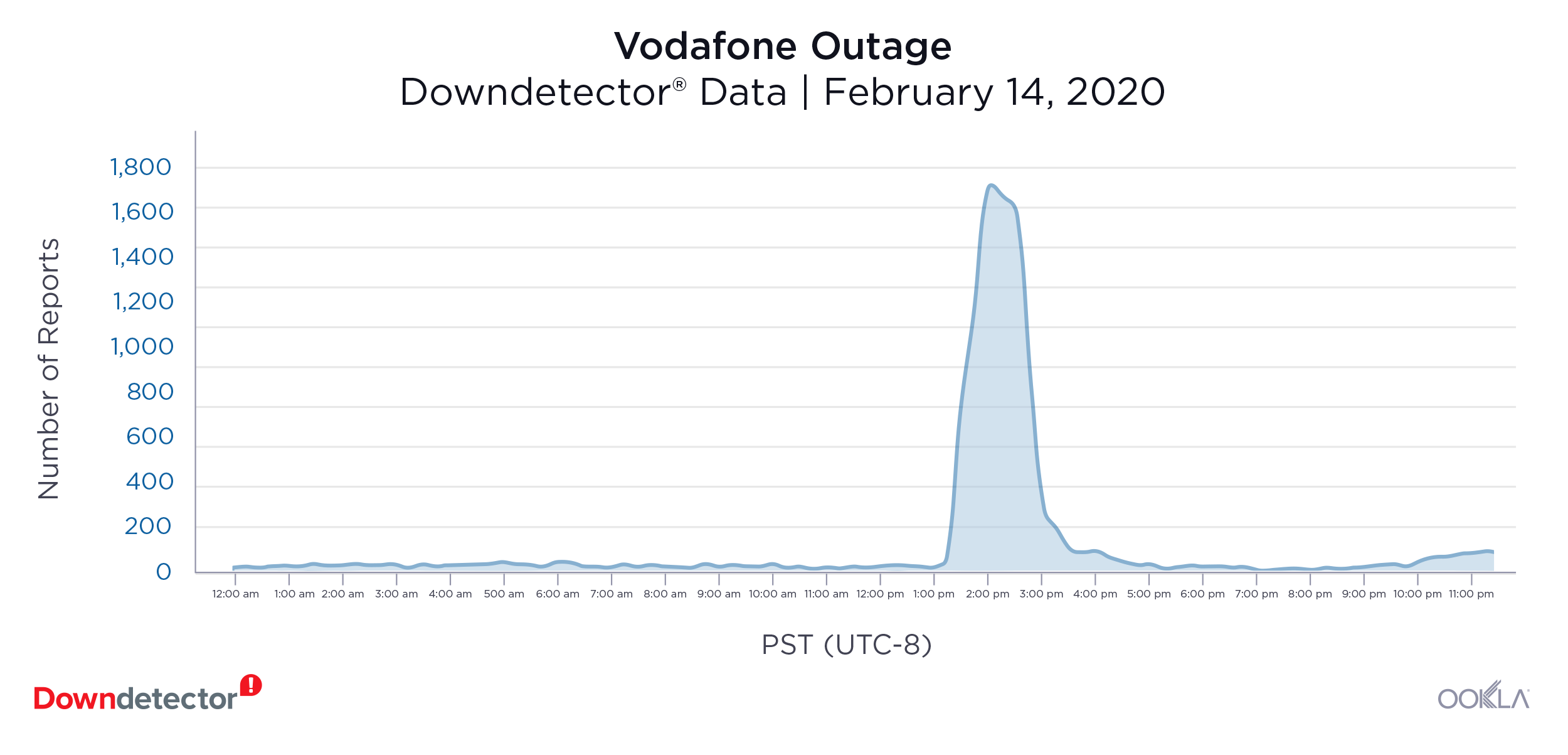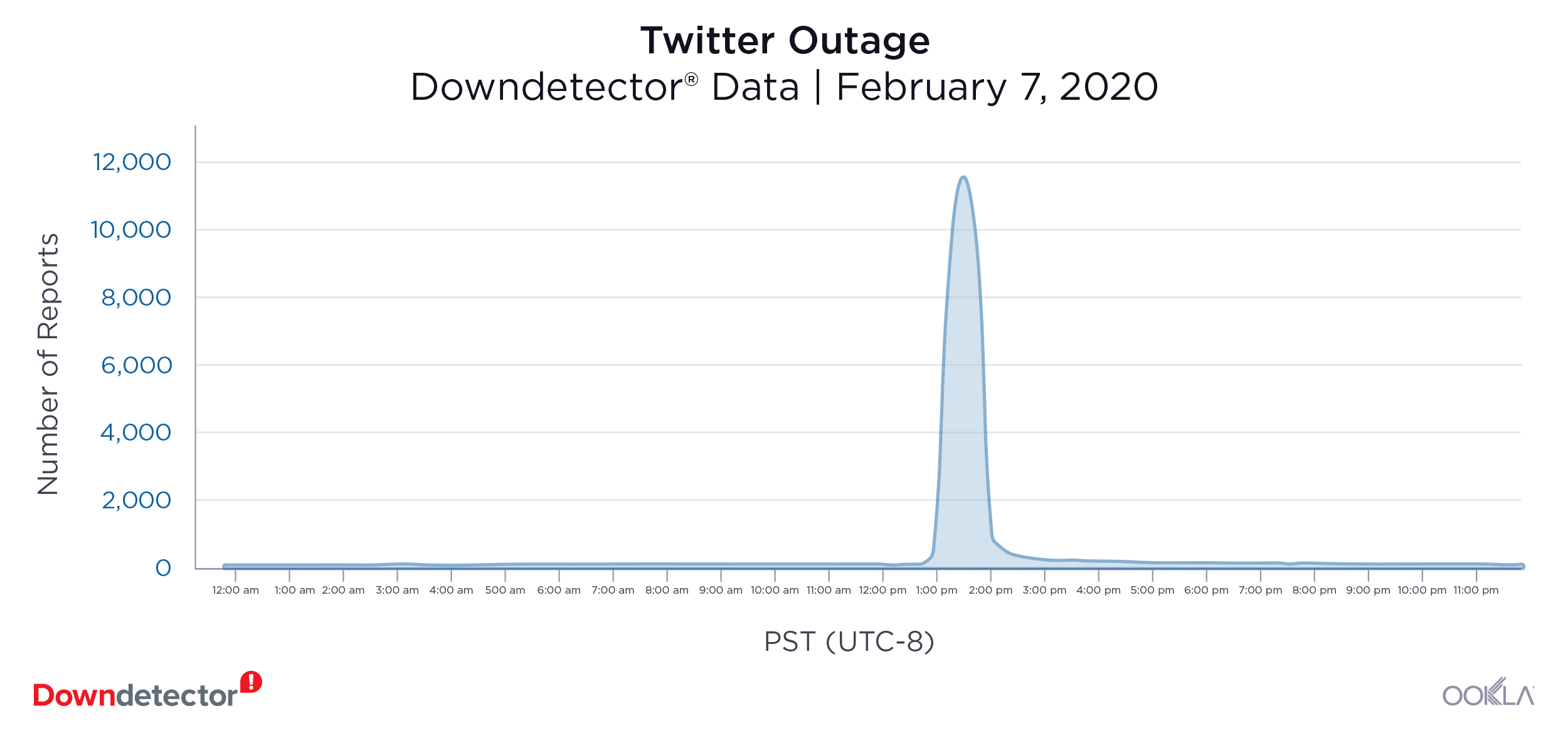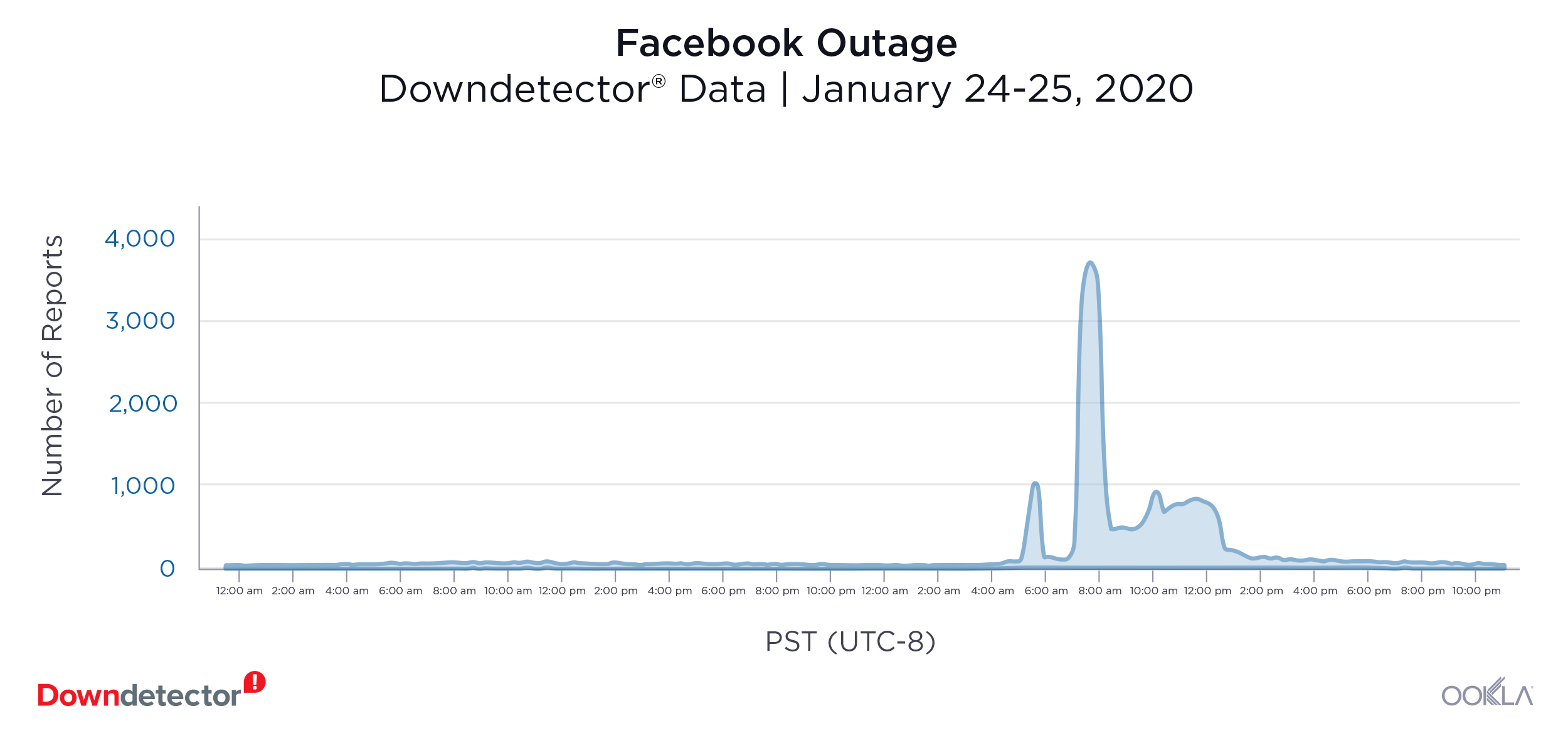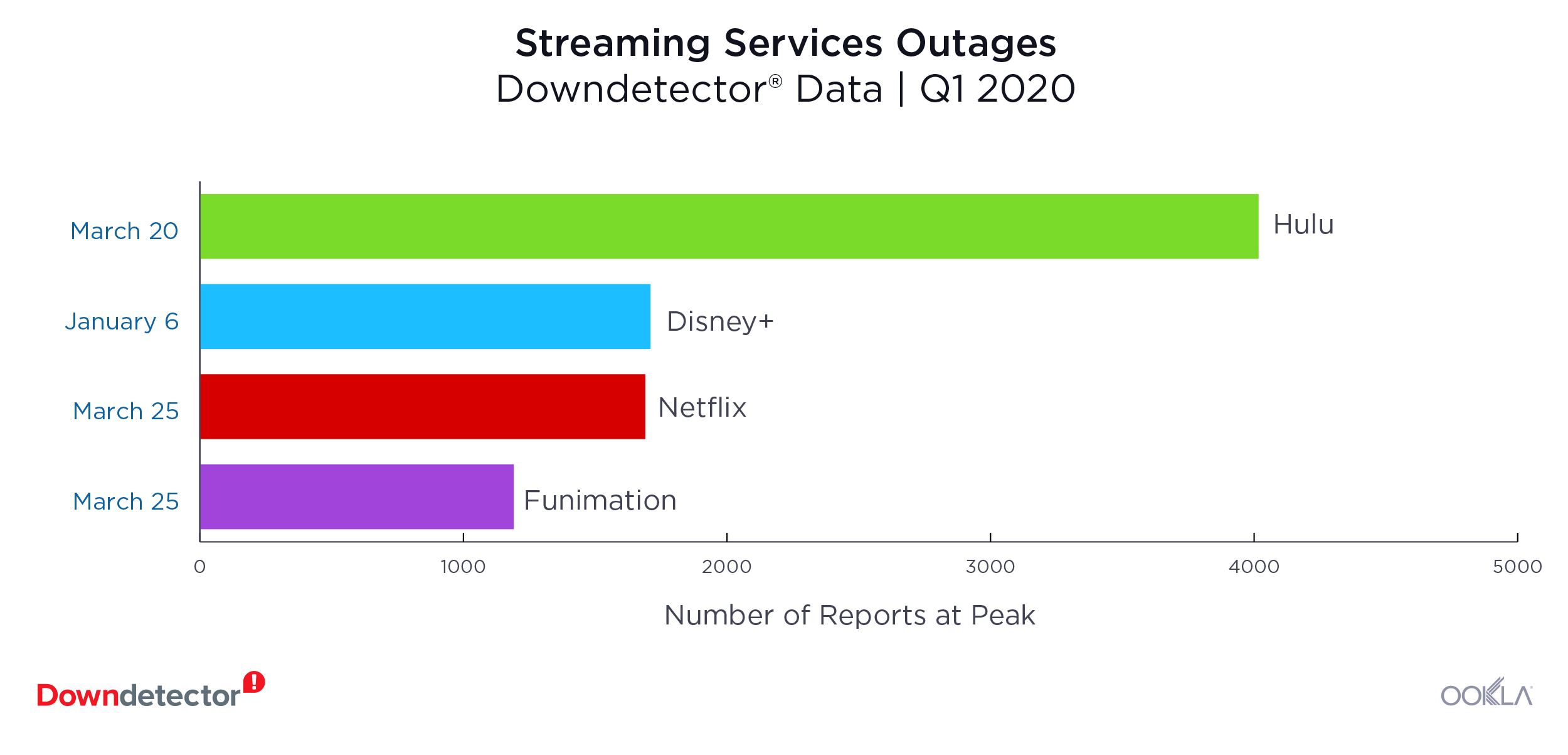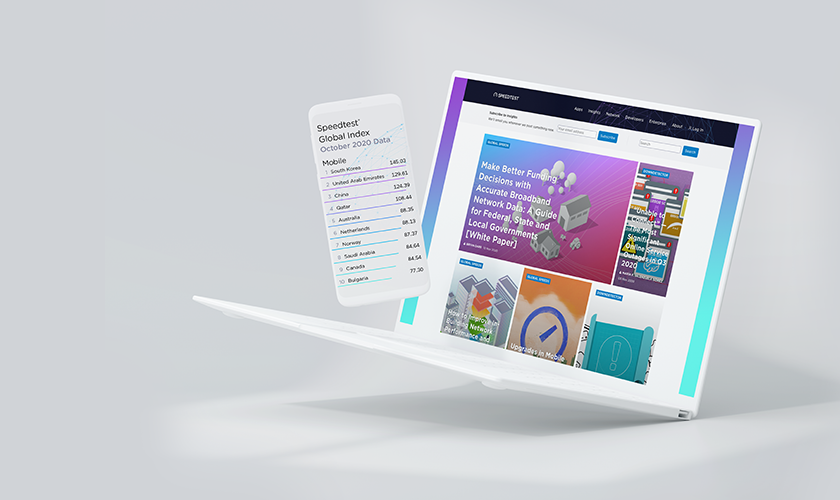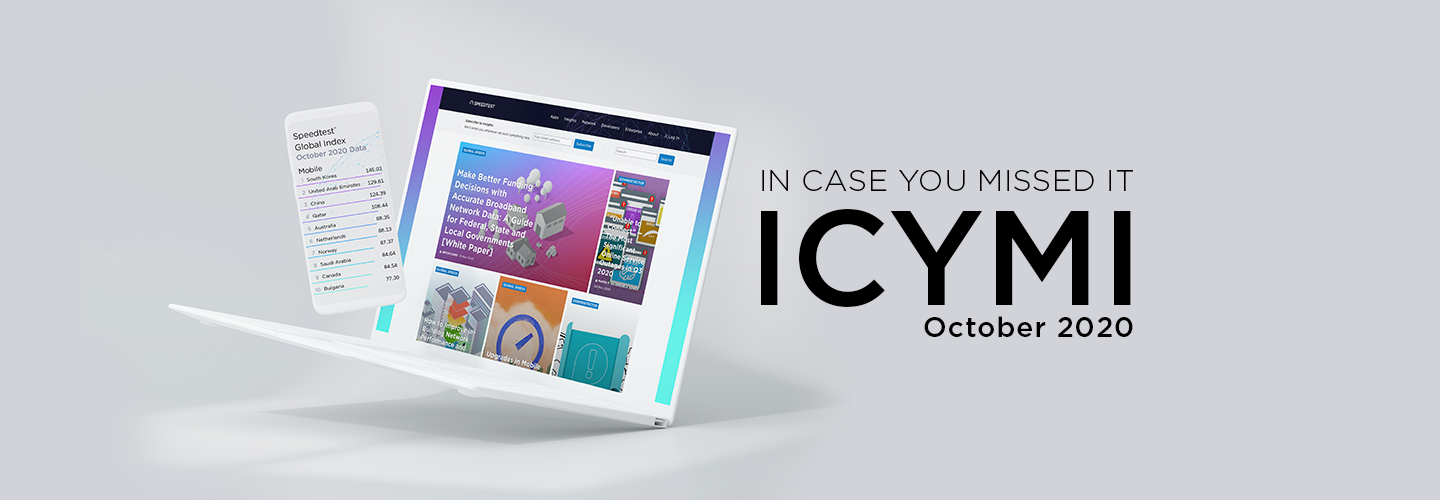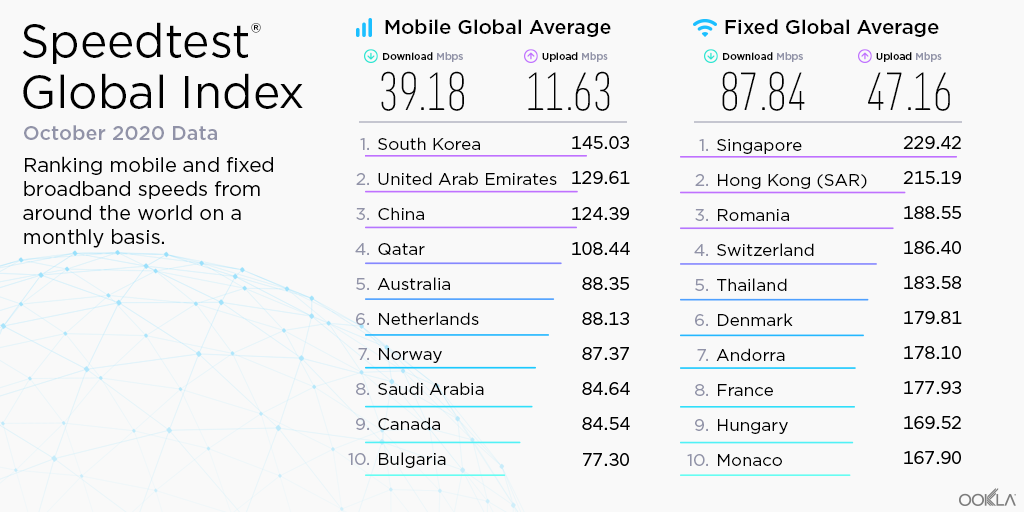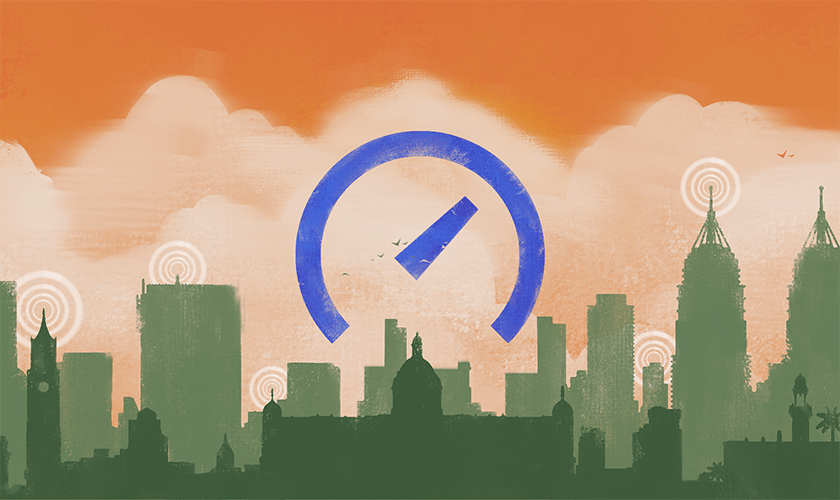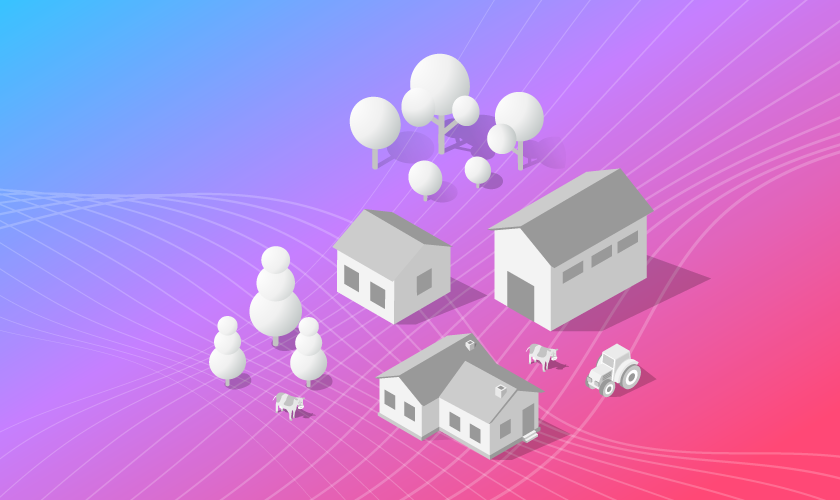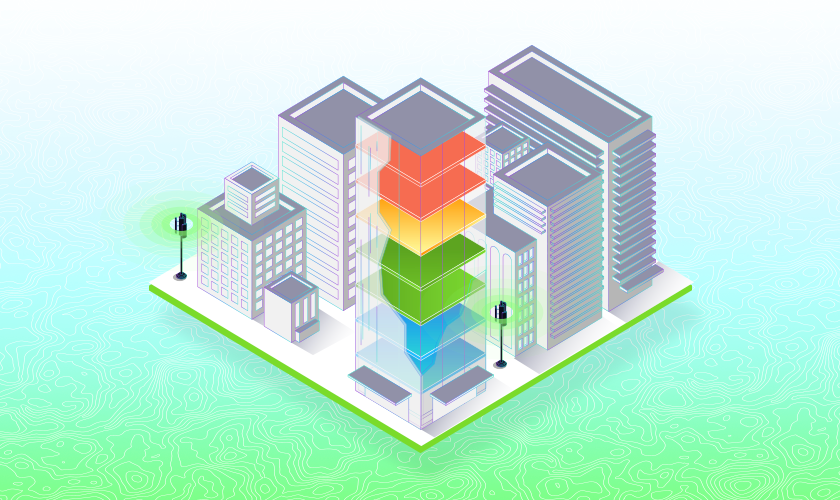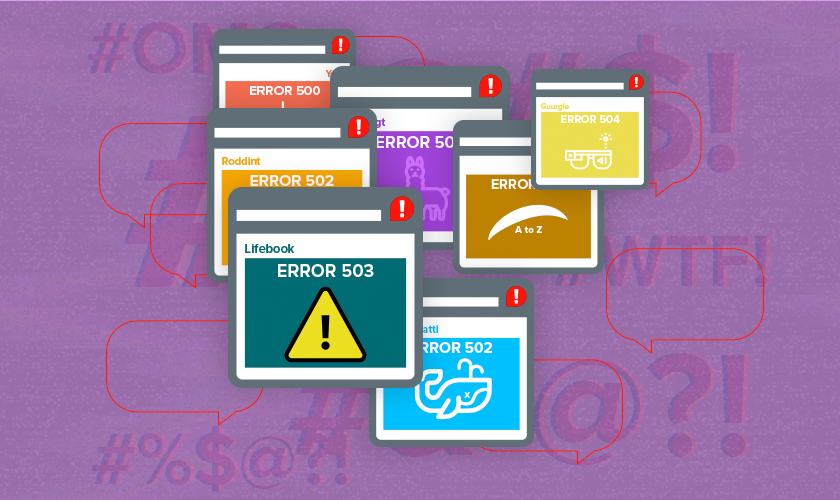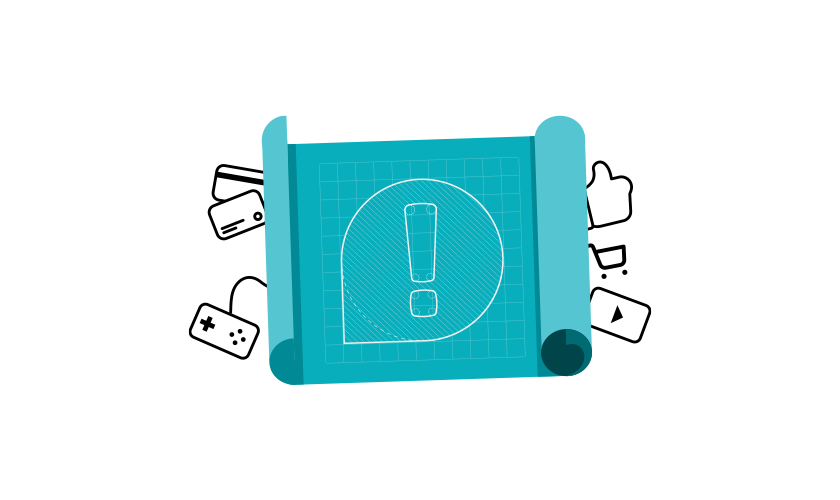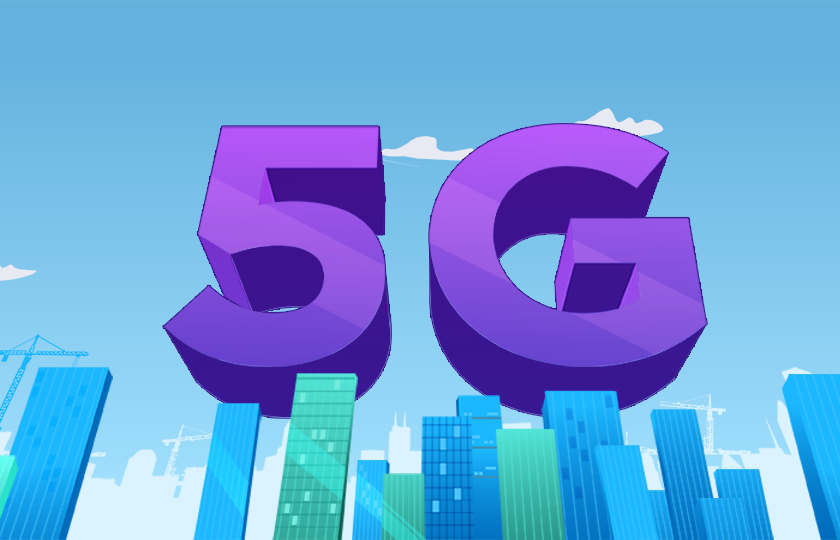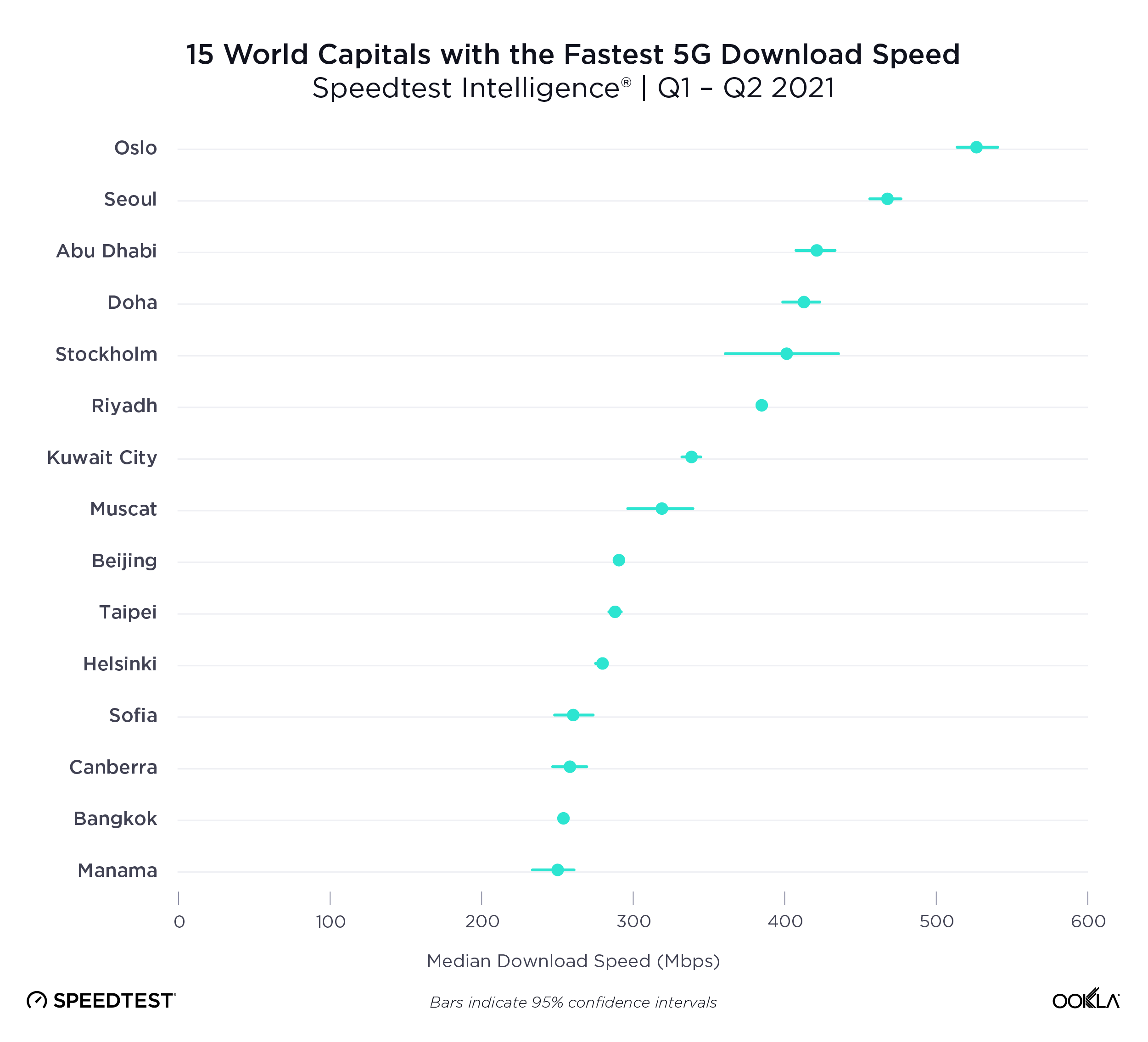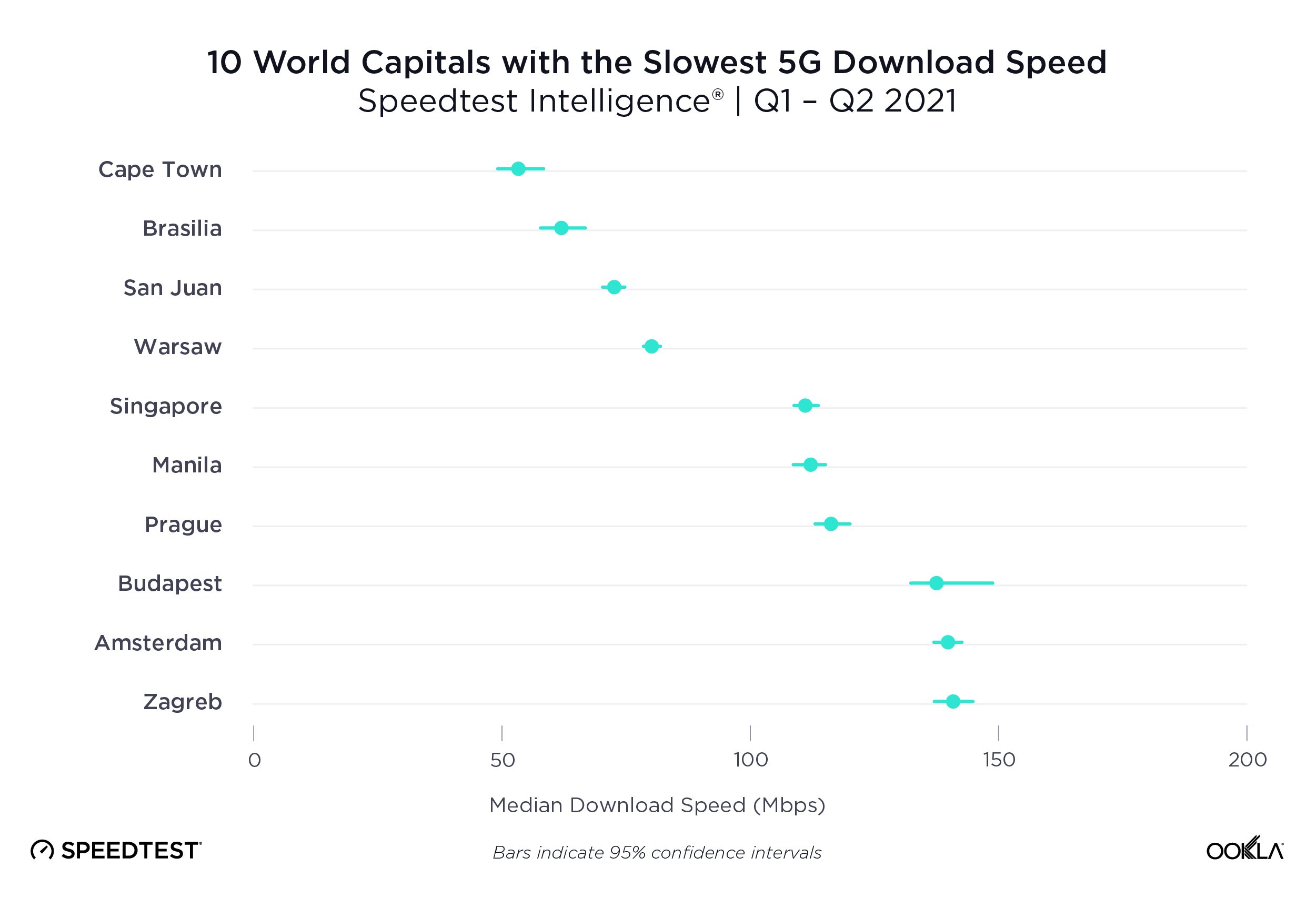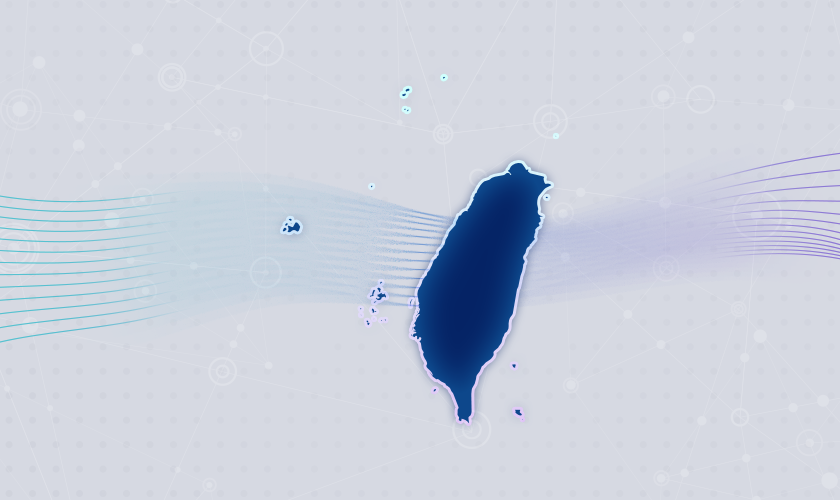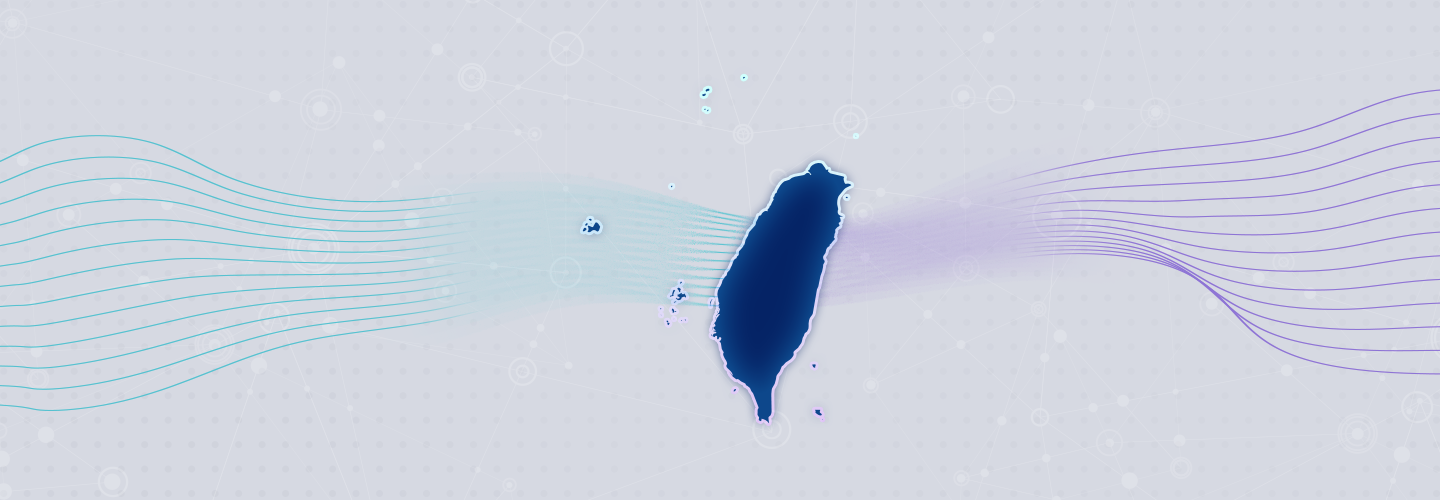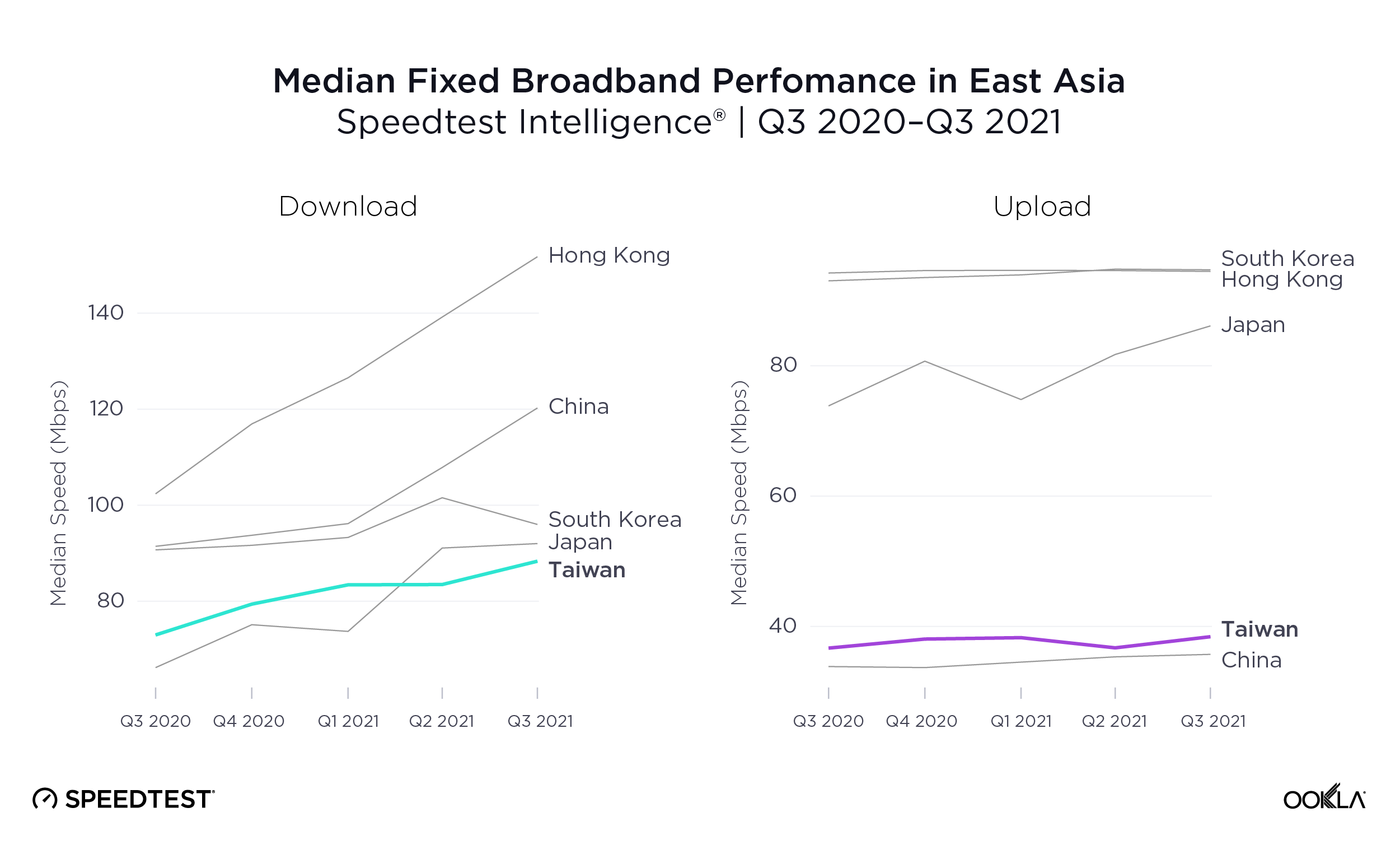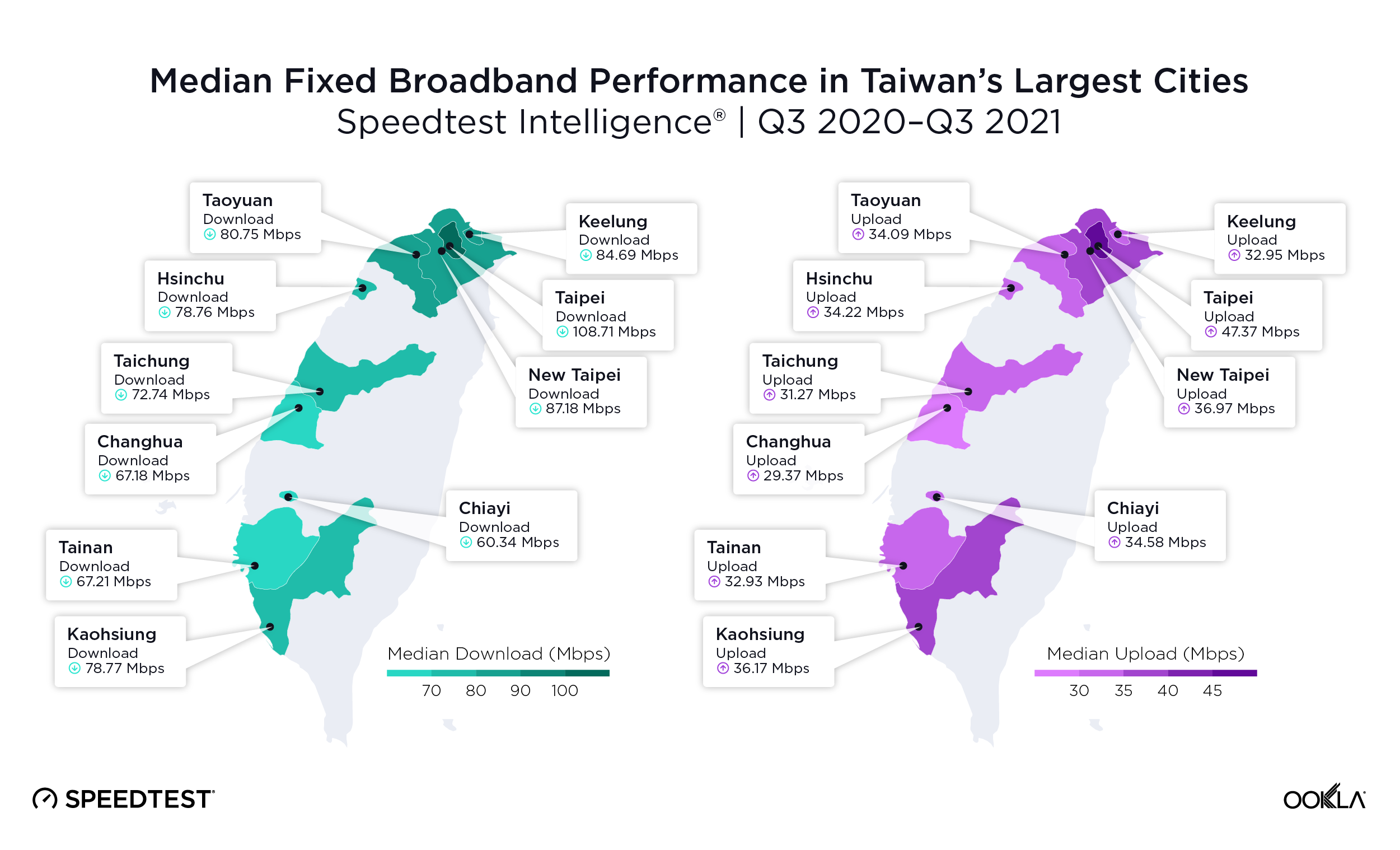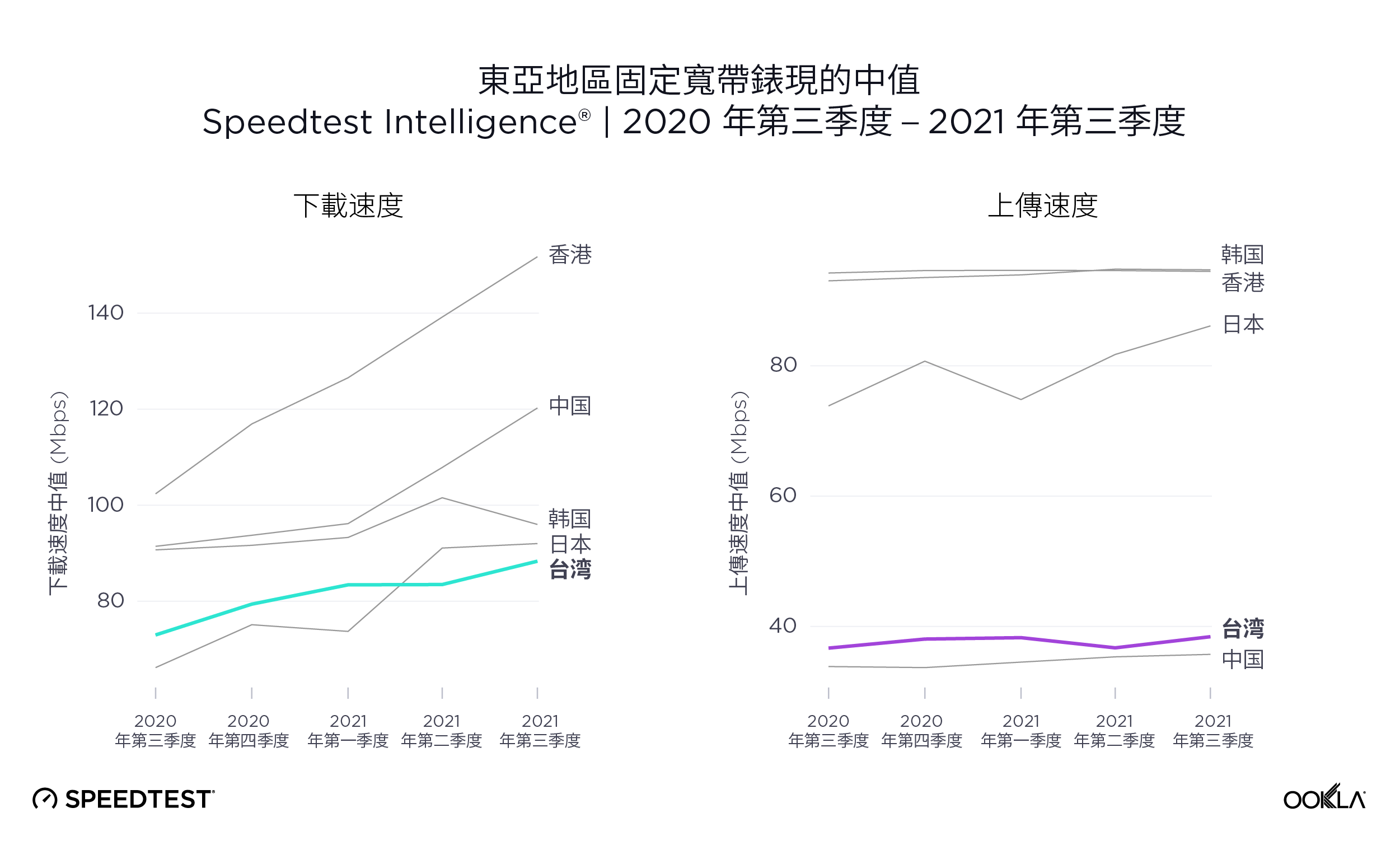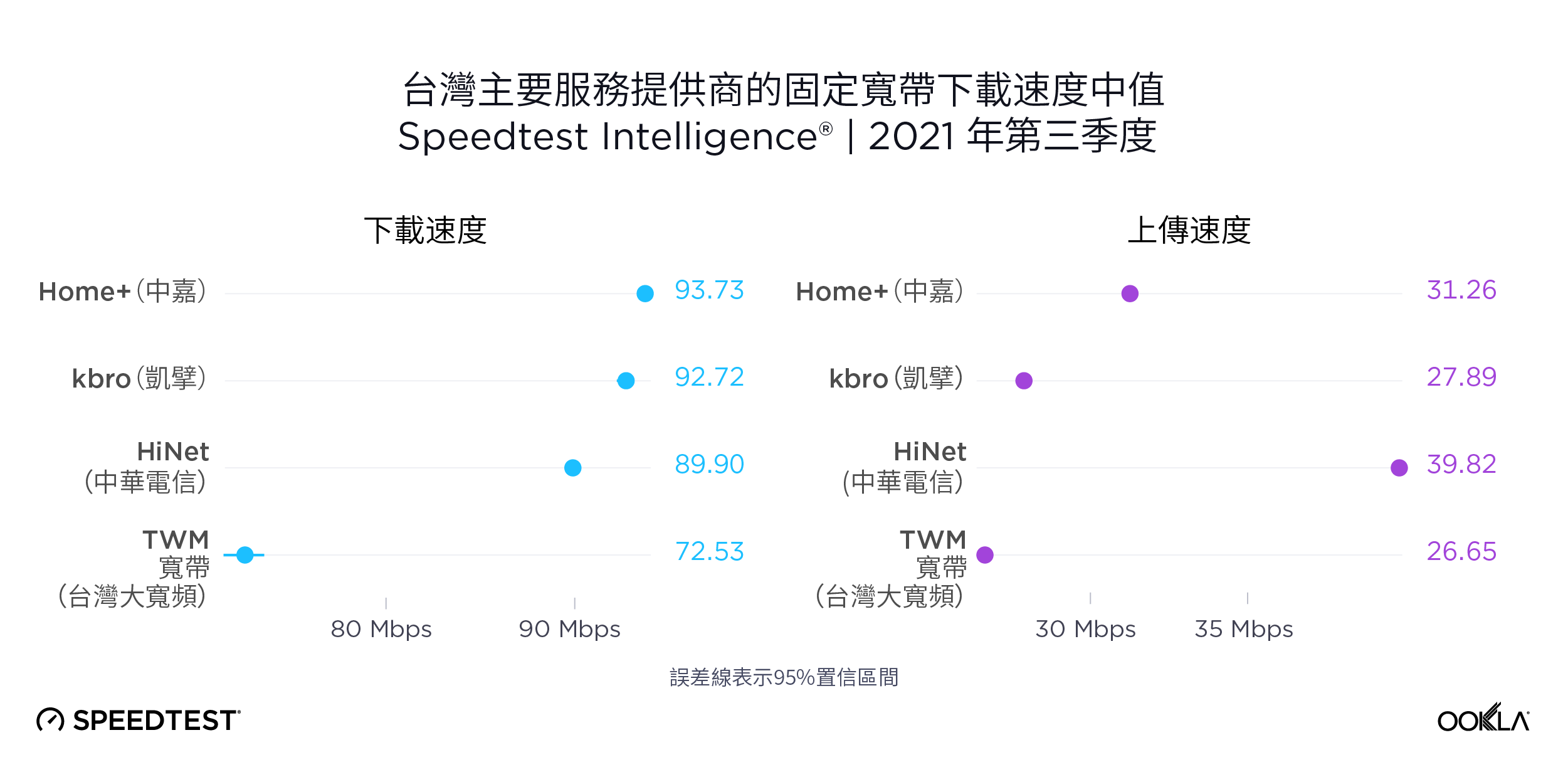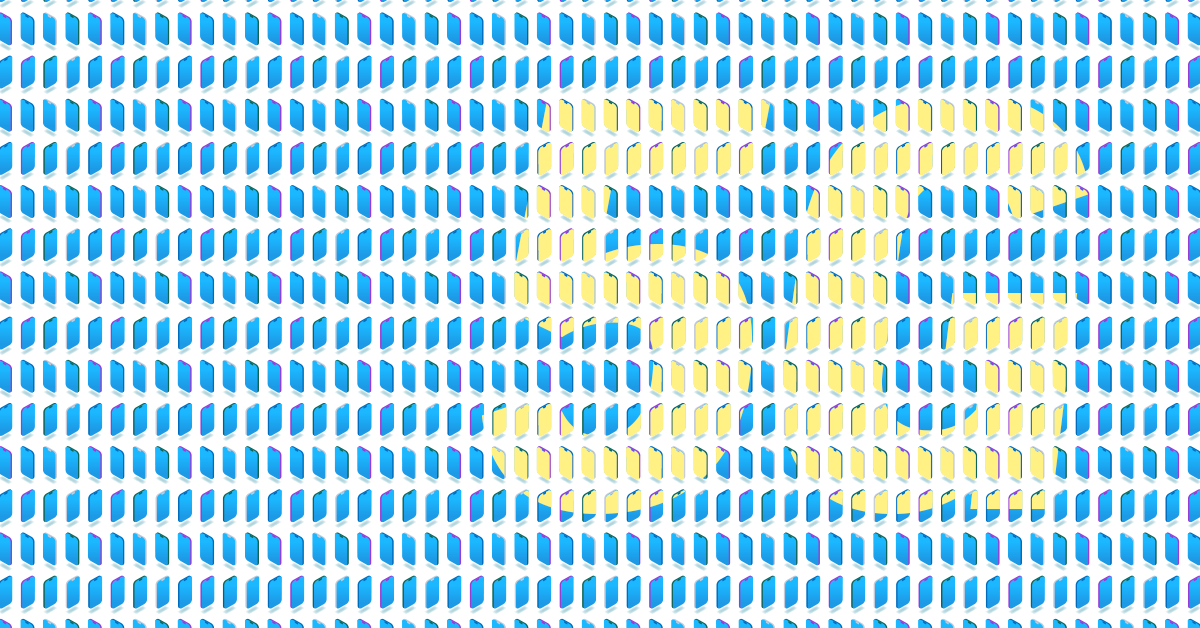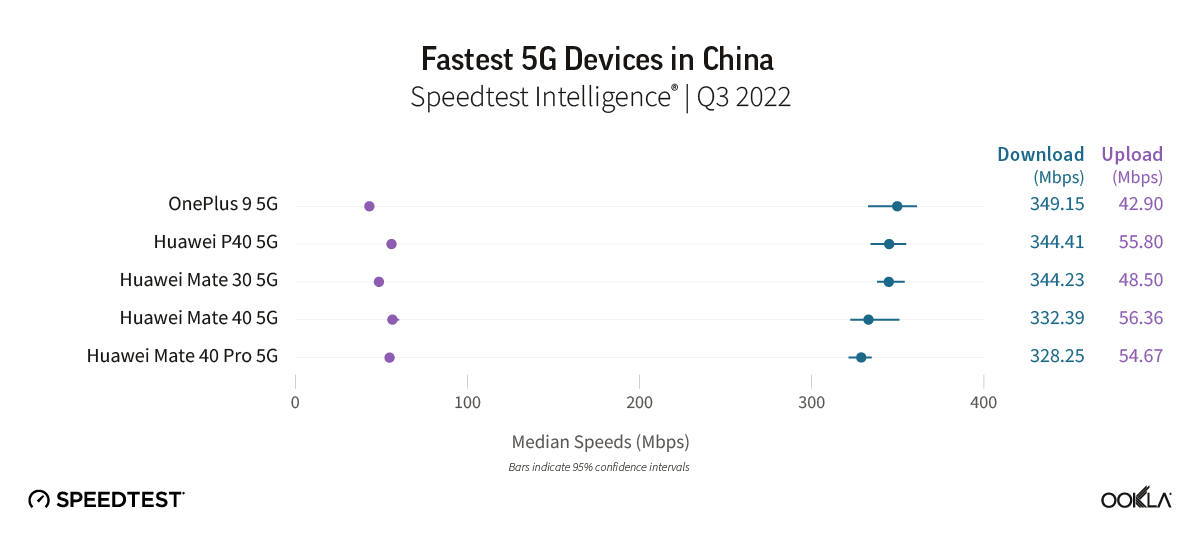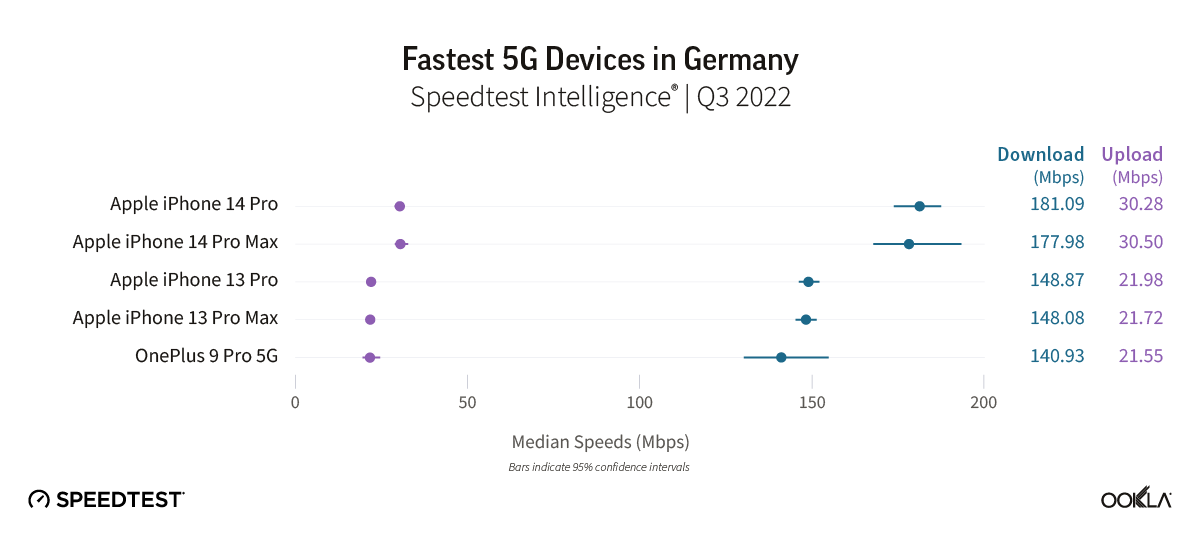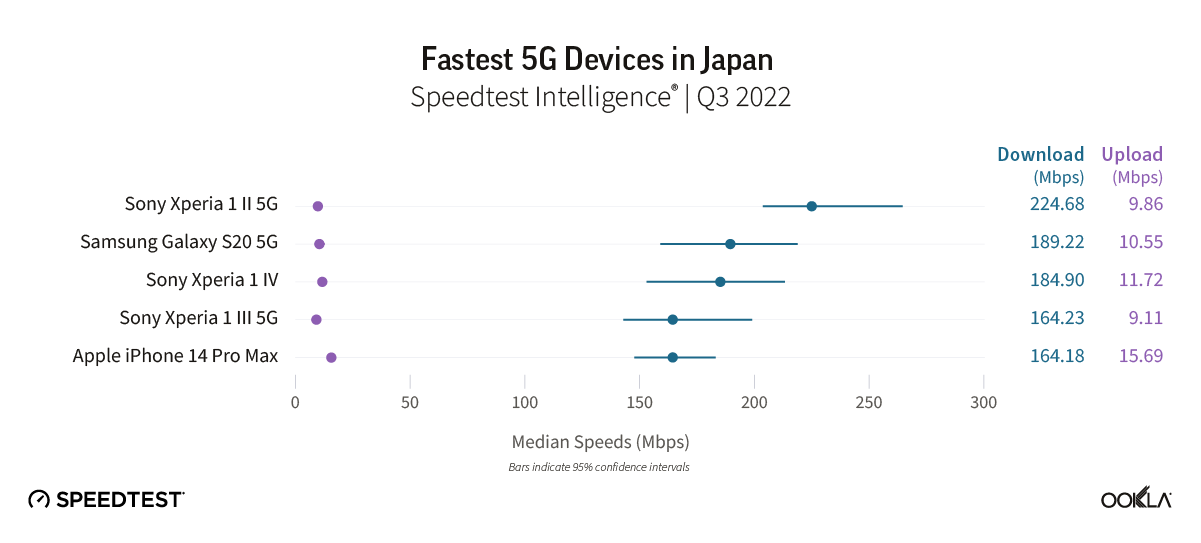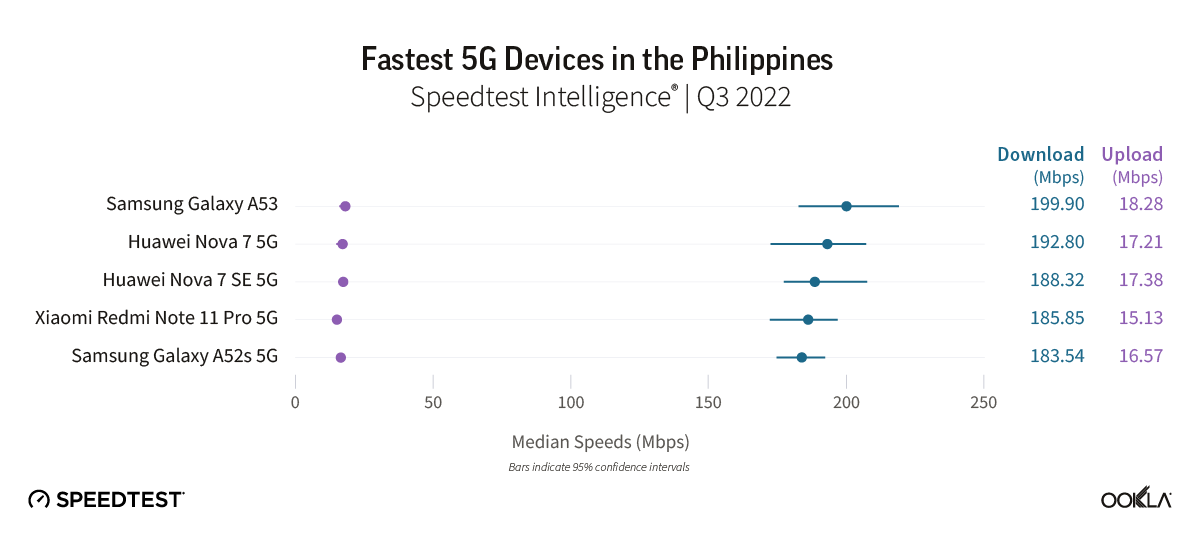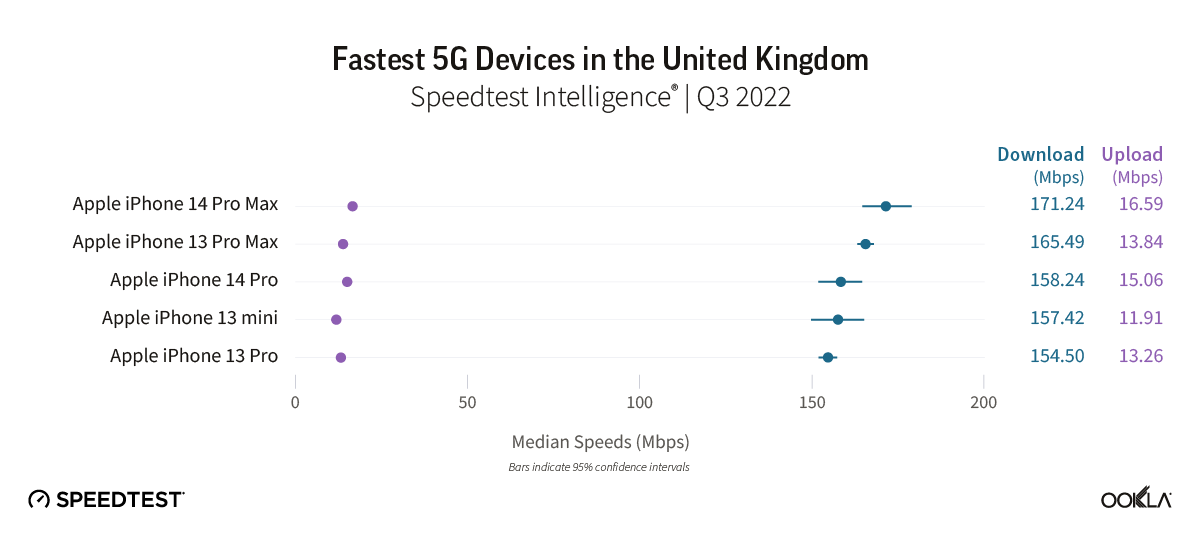As 5G networks continue their rapid proliferation across Asia Pacific, it is poised to transform mobile gaming. It has brought faster downloads, smoother gameplay, and more immersive experiences with its fast speeds and minimal lag. This article examines the impact of 5G on mobile gaming experience in the region, in particular within selected East Asia markets.
Key Takeaways
- South Korea led the Game Score™ in East Asia with 90.06 out of 100 during 1H 2024, followed by China with 85.64 and Japan with a score of 81.85. South Korea also recorded the lowest gaming latency across all technologies in the region, with a median latency of 55 ms, outperforming neighboring markets.
- 5G addressed the latency and bandwidth challenges of 4G networks for mobile gaming by providing significantly higher bandwidth and speed. In 1H 2024, 5G download speeds were, on average, 4.91 times faster than 4G across East Asia, with South Korean users experiencing 8.45 times improvement over 4G. Latency also improved compared to 4G across all markets, with South Korea leading the region with a reported latency of 51 ms.
- South Korean operators topped East Asia’s 5G Game Score rankings, with all three major carriers achieving scores above 90. LG U+ provided the best gaming experience with a 5G Game Score of 92.56 and a median latency of 49 ms, closely followed by SK Telecom and KT. China Unicom led the Chinese market with a score of 88.73, while Softbank was the top performer in Japan with a score of 87.31. All top operators across East Asia reported strong gaming performance on 5G, with scores over 80.
Asia Pacific at the forefront of global gaming market growth
The global games market, encompassing both mobile and other platforms, generated over $184 billion in revenue in 2023, a year-on-year growth of 0.6%. Notably, the Asia Pacific region continues to lead the gaming sector, contributing a remarkable $84.1 billion to this total. This dominance not only reflects the region’s vibrant gaming culture but also emphasizes its pivotal role in driving the industry’s overall growth. Mobile gaming, in particular, has solidified its position as a dominant force within this market, capturing a significant 49% share and generating approximately $90 billion in revenue in 2023. This surge underscores a fundamental shift in consumer preferences, as gamers increasingly favor mobile devices for their gaming experiences.
Growth in mobile gaming is further fueled by strategic initiatives from governments and mobile operators in various markets, particularly within East Asia. These stakeholders are actively promoting mobile gaming through supportive policies and enhanced connectivity, fostering an environment ripe for innovation and engagement. As a result, East Asia is well-positioned to continue leading the global gaming market in the years to come.
China, as one of the largest gaming markets, is actively supported by government agencies and telecom operators in promoting mobile gaming. The recent lift of the regulatory freeze on approving new games is significantly propelling the growth of the gaming industry, with major players such as Tencent and NetEase leading the way in driving innovation in mobile gaming.
South Korea is another leading nation in the mobile gaming industry, supported by strong government involvement. The Ministry of Culture, Sports, and Tourism has long been sponsoring esports and gaming tournaments like the World Cyber Olympics. The recent initiatives include building infrastructure like the esports stadium in Pangyo, and companies like Netmarble and Nexon dominate the market with government-backed initiatives for global gaming expansion.
In Japan, the government has been actively promoting the gaming industry, including mobile gaming, by providing tax incentives and creating an ecosystem that fosters innovation and esports. Japan’s mobile operators, such as NTT Docomo and SoftBank, have partnered with game developers to enhance cloud gaming experiences, offering services like 5G gaming platforms to ensure smooth, high-speed gaming on mobile devices.
In Hong Kong, the government has focused on transforming the city into a regional hub for esports and gaming technology. Various public-private partnerships are in place to host major gaming tournaments, elevating Hong Kong’s profile in the regional gaming scene. Similarly in Taiwan, the government is supporting mobile gaming through initiatives focused on the development of esports. The Ministry of Digital Affairs has introduced policies to encourage indie game developers to enter the esports arena, positioning Taiwan as a competitive player in the region’s mobile gaming and esports market.
South Korea leads East Asia in Game Score and has the lowest latency
A smooth mobile gaming experience relies on stable and fast mobile data connections. With real-time multiplayer games becoming the norm, low latency and minimal lag are essential for uninterrupted gameplay. High-speed mobile data ensures quick responses to in-game actions, reducing delays and enhancing immersion, which helps players stay competitive and enjoy a seamless gaming experience.
Our Speedtest Game Score™ is a unique measure to assess consumer gaming experience across different networks. The score takes into account different aspects of a consumer’s gaming experience based on multiple network key performance indicators. Game Score is based on Ookla’s consumer-initiated Speedtest results for download and upload speeds, as well as Consumer QoE’s™ latency and jitter measurements taken to real-world game servers. Each of these components is evaluated and scored on a scale of 0-100, and are then combined in a weighted average to produce a Game Score. A higher score signifies a better gaming experience for the user.
Across the East Asia markets, South Korea had the highest Game Scores across all mobile technologies during the first half of 2024 in APAC with a score of 90.06 on a 100-point scale. This is not surprising as South Korea consistently tops Ookla’s Speedtest Global Index mobile performance ranking for Asia Pacific markets. South Korea was followed by China with a score of 85.64 and Japan with a score of 81.85.
South Korea also stands out with the lowest gaming latency across all technologies compared to the neighboring markets in East Asia. In 1H 2024, South Korea reported a median gaming latency of 55 ms, significantly outperforming the other markets. Japan follows with a median latency of 68 ms, still offering a smooth gaming experience. Meanwhile, China, Taiwan, and Hong Kong show higher latencies of 85 ms, 84 ms, and 87 ms, respectively. These higher latencies suggest potential delays and less fluid gameplay compared to South Korea and Japan.
5G driving enhanced mobile gaming experience
The limitations of previous generation mobile networks, particularly in terms of latency and bandwidth, have restricted the full potential of mobile games. 5G has overcome these challenges by offering significantly higher bandwidth and speed than 4G. This advancement enables faster downloads and updates for games, along with smooth streaming of high-quality content. It’s especially beneficial for cloud gaming, especially cloud-based AAA games played on mobile devices, which demand substantial data for a lag-free experience.
Game Latency, the delay before data transfer starts, is key for gaming. Lower latency equals faster reactions in-game, and 5G’s ultra-low latency removes lag in online games, making gameplay smooth and responsive. Speedtest data shows that for the markets in East Asia, all reported improved latency on 5G compared to 4G, and all markets had latency of below 80 ms during the first half of 2024. South Korea reported the lowest latency on 5G at 51 ms, followed by Japan with 65 ms. Hong Kong and China saw gaming latency improvements of 15 ms on 5G, resulting in latencies of 73 ms and 79 ms, respectively. Enhancements in 5G infrastructure and connecting to a server within a gamer’s own region can enhance overall gaming latency.
Mobile Gaming Performance in Selected East Asia Markets
Speedtest Intelligence® | 1H 2024
While download speed requirements for online mobile gaming vary depending on the game type, faster download speeds ensure smoother gameplay, faster matchmaking, and reduced wait times for content. Several factors influence download speed, including the quality of the mobile network, network congestion, signal strength, and the device’s processing power. A stable and fast connection allows for an optimal gaming experience, minimizing delays and disruptions.
Speedtest Intelligence data from 1H 2024 shows a significant improvement in overall performance when comparing 4G and 5G networks in selected East Asia markets. The median download speed in these markets was, on average, five times faster than the median download speeds of 4G. South Korean mobile users experienced the most significant increase in download performance, with 5G median download speeds reported to be eight times faster than 4G, increasing from 61.11 Mbps to 524.99 Mbps. Taiwan and China both reported median download speeds of more than 200 Mbps and around five times performance improvement, at 265.21 Mbps and 226.93 Mbps, respectively.
Upload speed also plays an essential role in creating a smooth gaming experience without interruptions or quality degradation, particularly in multiplayer games. Across all markets, there is a significant increase in upload speeds with 5G compared to 4G. Notably, South Korea has the largest improvement in upload speeds between 4G and 5G, with 5G offering almost four times higher upload performance. This means that gamers in South Korea could experience the most substantial improvement in gameplay and streaming quality when transitioning from 4G to 5G. In other markets, the switch to 5G resulted in at least a twofold improvement in upload speeds compared to 4G.
South Korean operators top gaming experience in the region
A global leader in 5G adoption, South Korea boasts a thriving mobile gaming industry. With 5G, the country has witnessed a surge in the popularity of esports and cloud gaming services. The Ministry of Culture, Sports, and Tourism has long been sponsoring esports and gaming tournaments like the World Cyber Olympics. Other initiatives include building infrastructure like the esports stadium in Pangyo. Of all the top operators in the markets in East Asia, South Korean operators sit at the top for 5G Game Score in 1H 2024, with all three major operators reported Game Score of above 90.
LG U+ provided the best 5G gaming experience in 1H 2024 among all the operators in the market, with a 5G Game Score of 92.56 and a median game latency to key gaming server locations of 49 ms. LG U+ was closely followed by SK Telecom with a 5G Game Score of 92.33 and KT with 90.98.
China Unicom was top for operators from China, the world’s largest mobile gaming market, with a Game Score of 88.73. Softbank leads in terms of 5G Game Score among all the top operators from Japan with a score of 87.31. Overall all the top operators in East Asia reported very good Game Score results, with scores above 80.
5G as a catalyst for cloud gaming services
One of the most significant advancements in mobile gaming is cloud gaming, where games are streamed directly from the cloud, removing the need for high-end hardware. This technology allows gamers to play cutting-edge titles on handheld devices without being bound by hardware limitations, making it possible to experience seamless gaming both indoors and on the go.
The rollout of 5G networks in East Asia has been a game-changer for cloud gaming. Ericsson’s research shows that two-thirds of gamers rely primarily on mobile networks (4G/5G) or Wi-Fi for cloud gaming, with the most common setup being a smartphone connected via a mobile network. The faster speeds, lower latency, and greater bandwidth offered by 5G are essential to delivering the smooth, responsive experiences cloud gaming demands, placing higher requirements on network operators to ensure consistent quality of service (QoS).
For the mobile operators in East Asia, the strategy is to use cloud gaming to attract more 5G subscribers. In Hong Kong, CSL partnered with Blacknut, a premium game streaming platform, to provide access to over 500 cloud-based games across multiple devices for a monthly fee. South Korea has also been a leader in cloud gaming, with LG U+ offering GeForce Now, which enables users to stream games directly from servers, and SK Telecom launching SKT 5GX Cloud Game in collaboration with Microsoft, offering a robust library of games via the cloud since 2020.
Tencent, one of the world’s largest gaming companies, partnered with China Unicom to integrate START, a cloud gaming platform designed to deliver high-quality gaming experiences without the need for high-performance devices. This initiative is part of China’s push for 5G and cloud gaming, providing gamers with smooth and immersive gaming experiences through ultra-fast mobile connections.
These initiatives highlight the growing synergy between telecom operators and gaming companies in East Asia. As 5G continues to expand, cloud gaming is poised to become more accessible and reliable, enabling millions of gamers across the region to enjoy high-quality gaming experiences without the need for expensive hardware. This evolution not only enhances the gaming landscape but also drives the demand for robust, high-performance mobile networks, ensuring that 5G will continue to play a central role in the future of cloud gaming.
We will continue to monitor mobile gaming performance across Asia Pacific. For more information about Speedtest Intelligence data and insights, please contact us.
Ookla retains ownership of this article including all of the intellectual property rights, data, content graphs and analysis. This article may not be quoted, reproduced, distributed or published for any commercial purpose without prior consent. Members of the press and others using the findings in this article for non-commercial purposes are welcome to publicly share and link to report information with attribution to Ookla.



